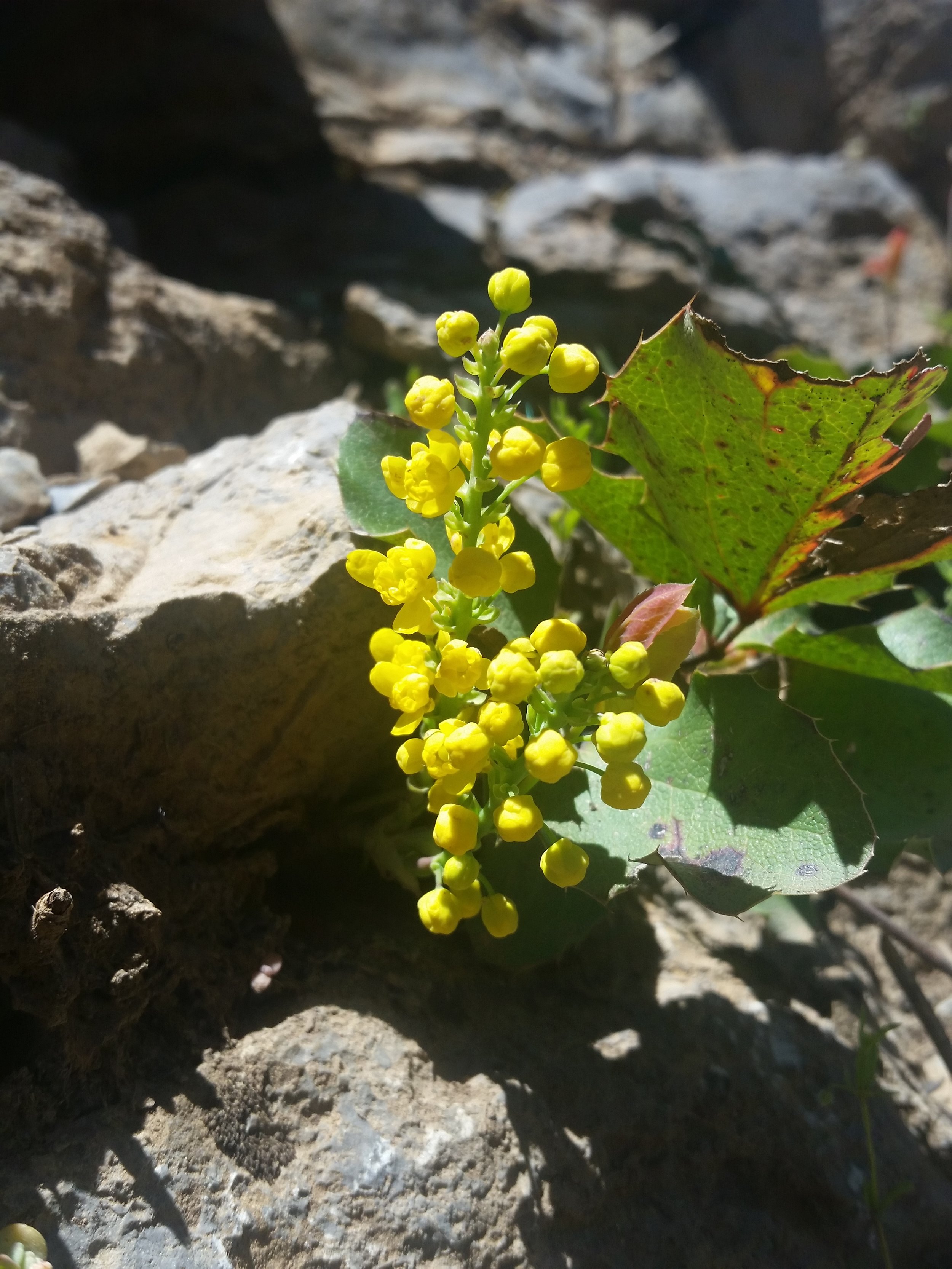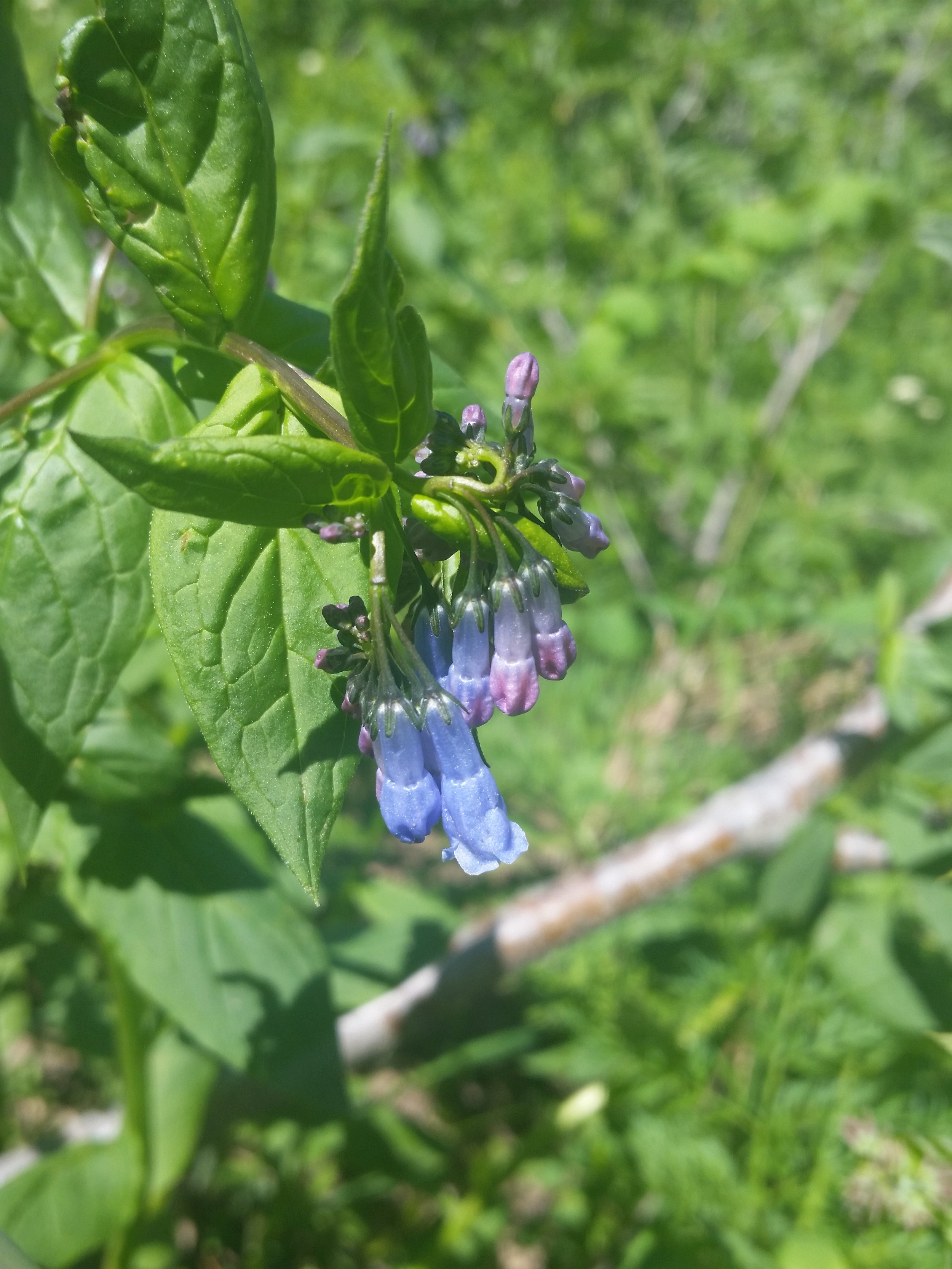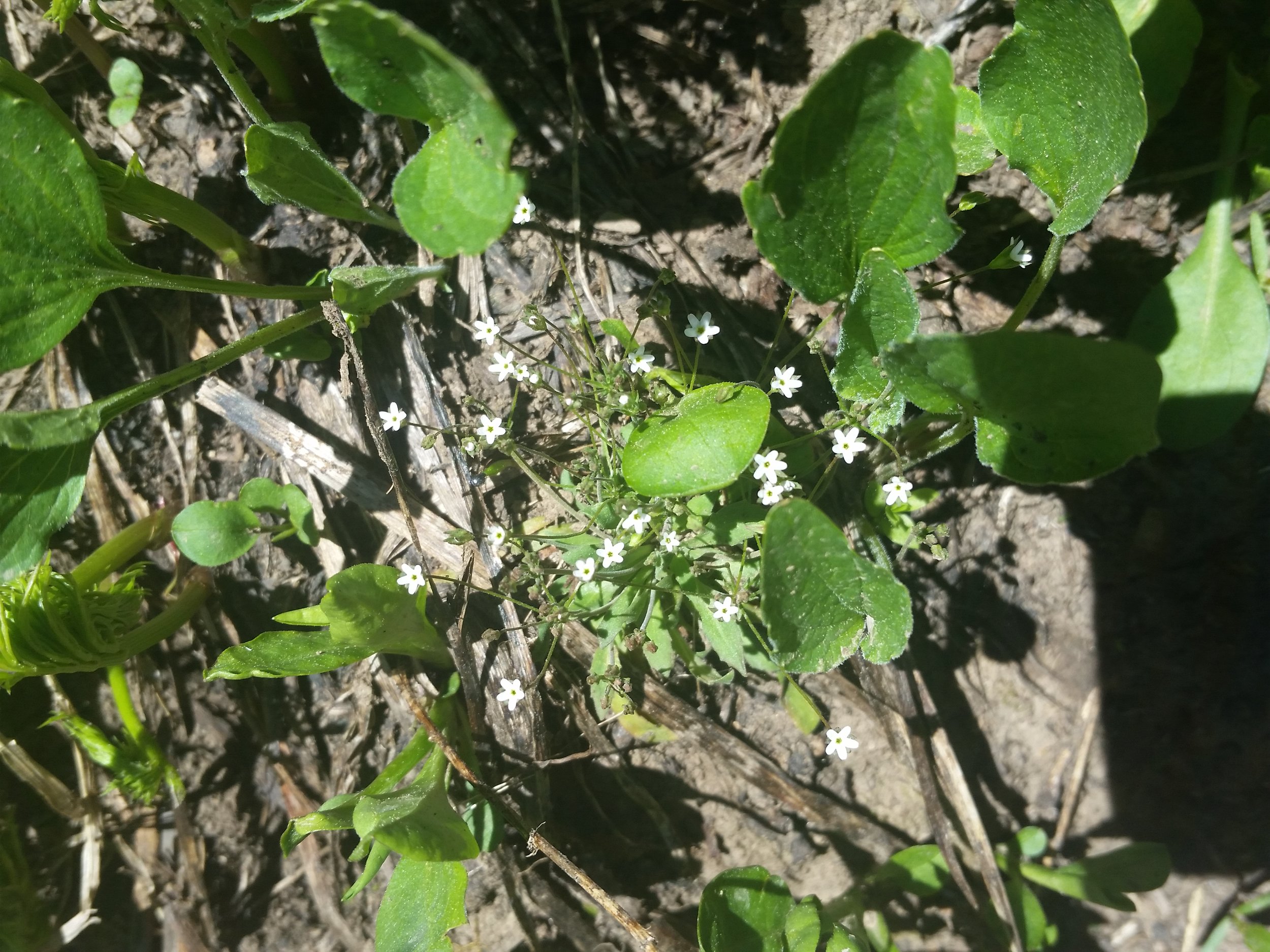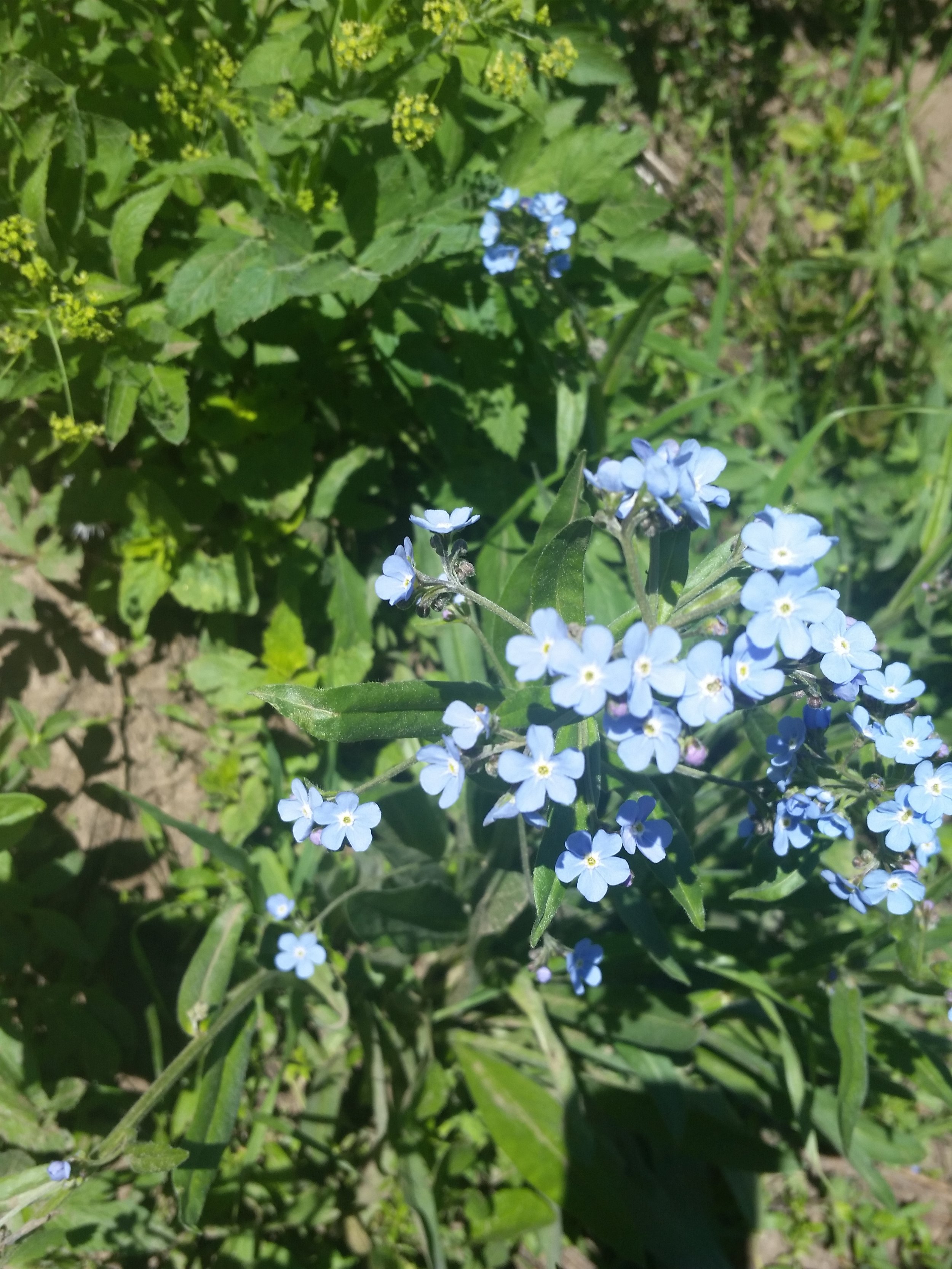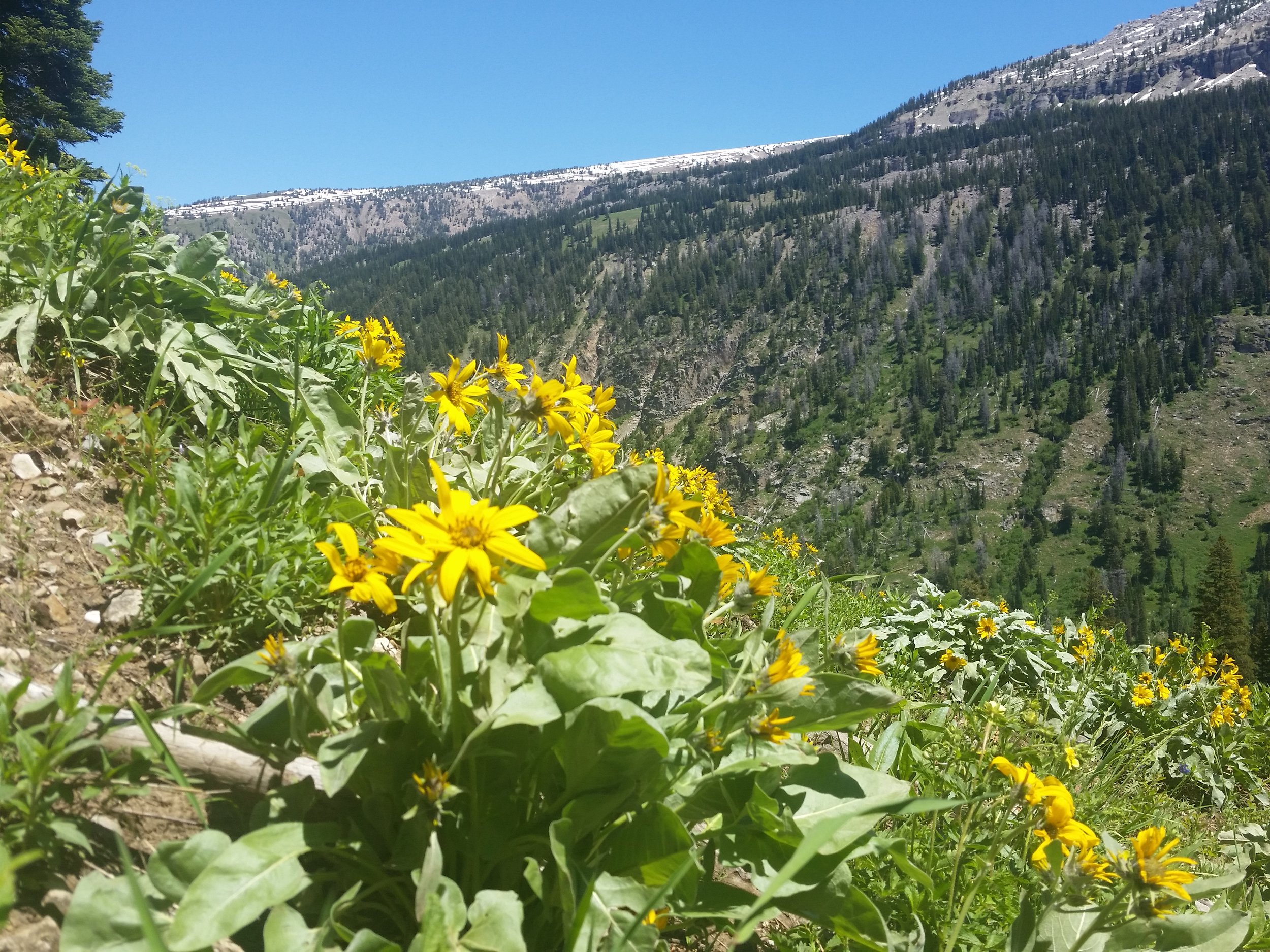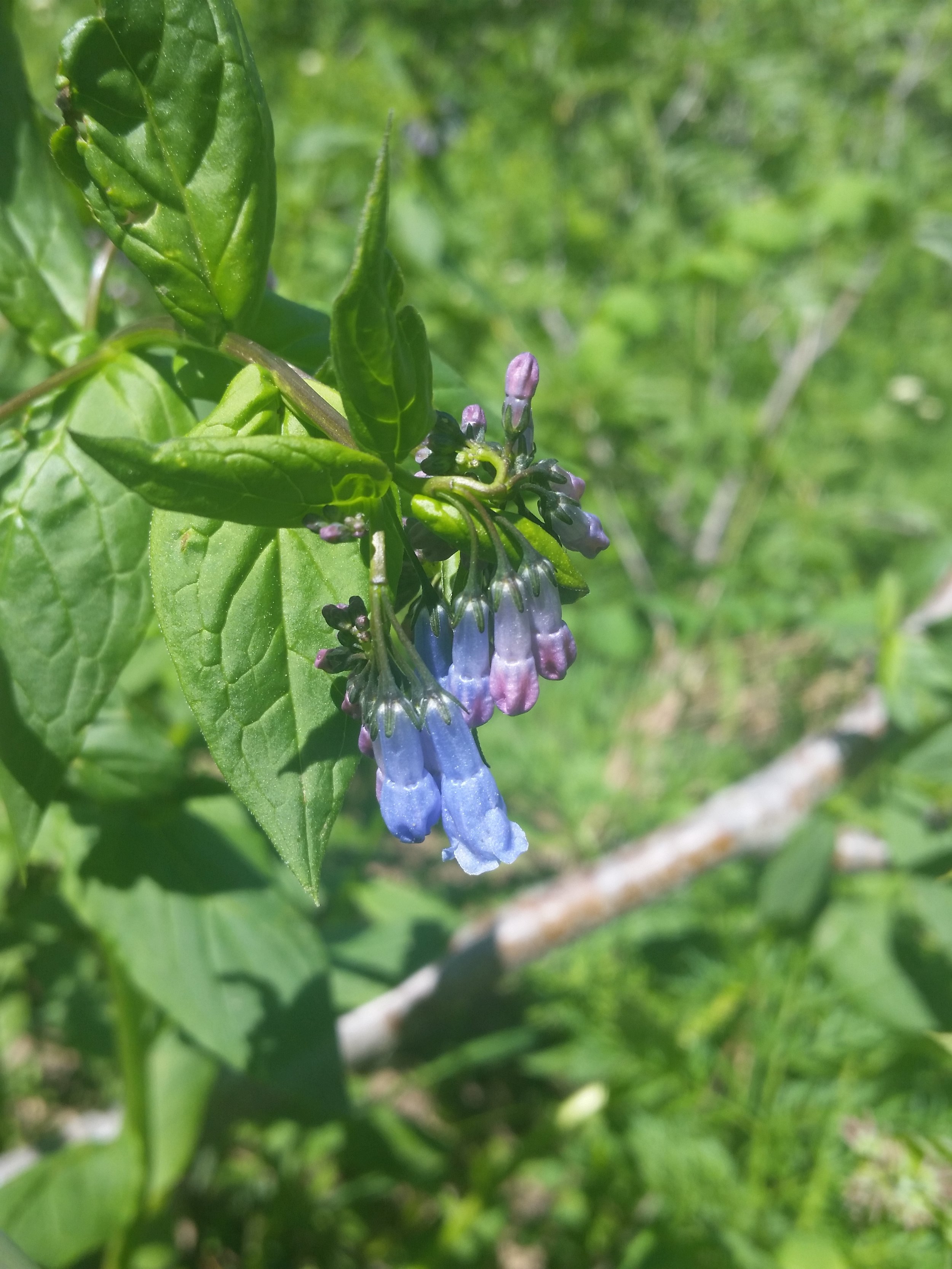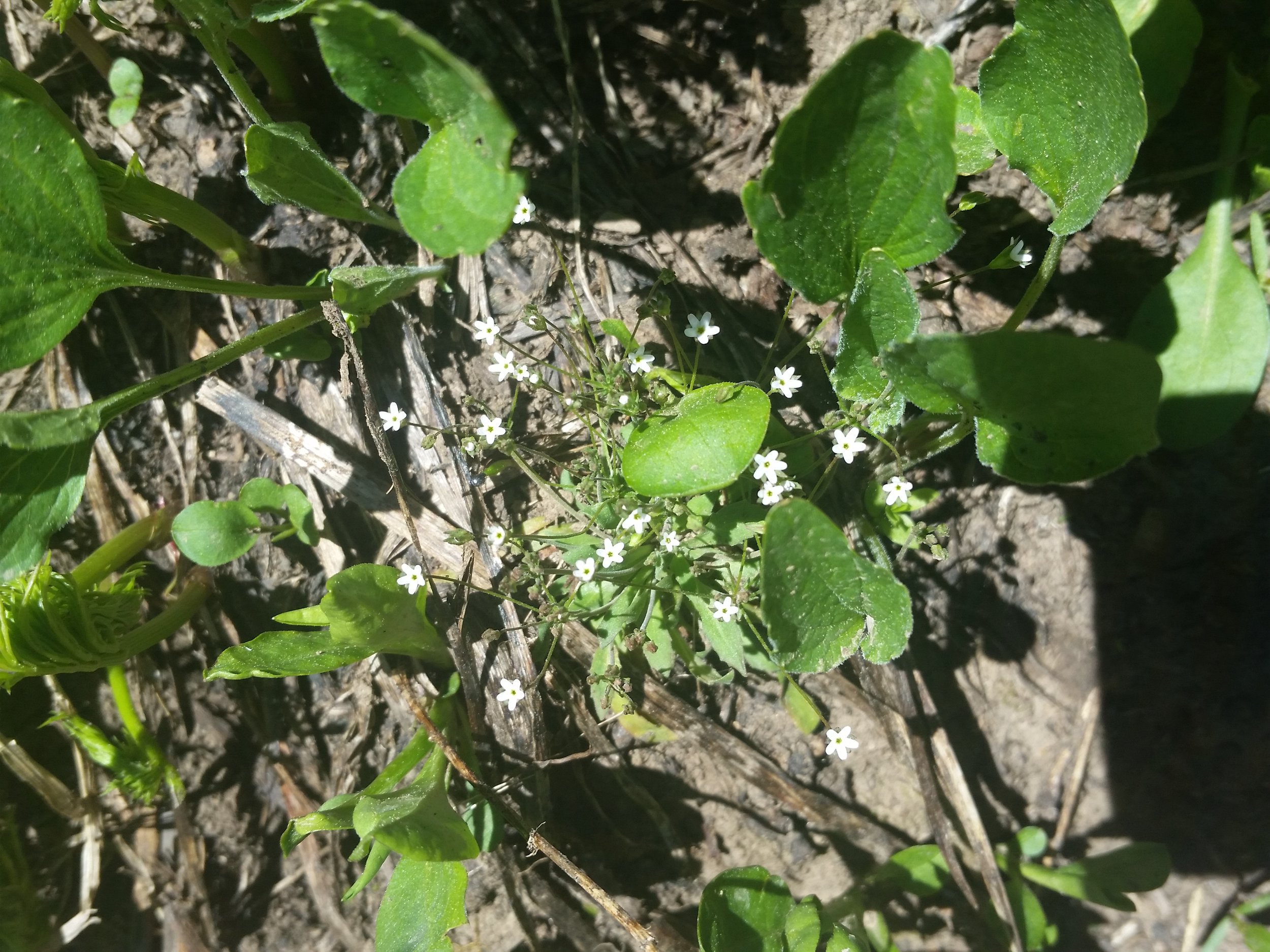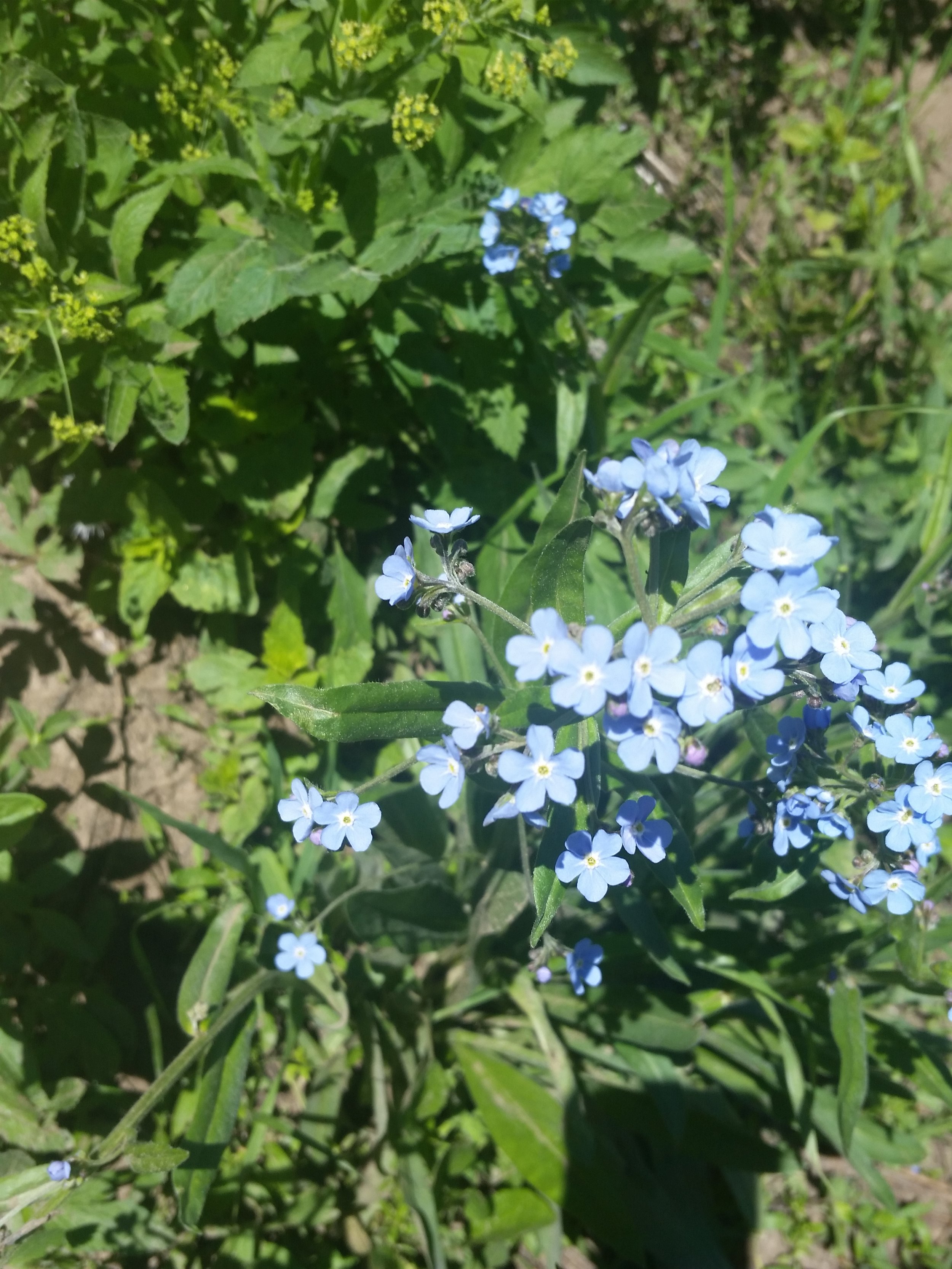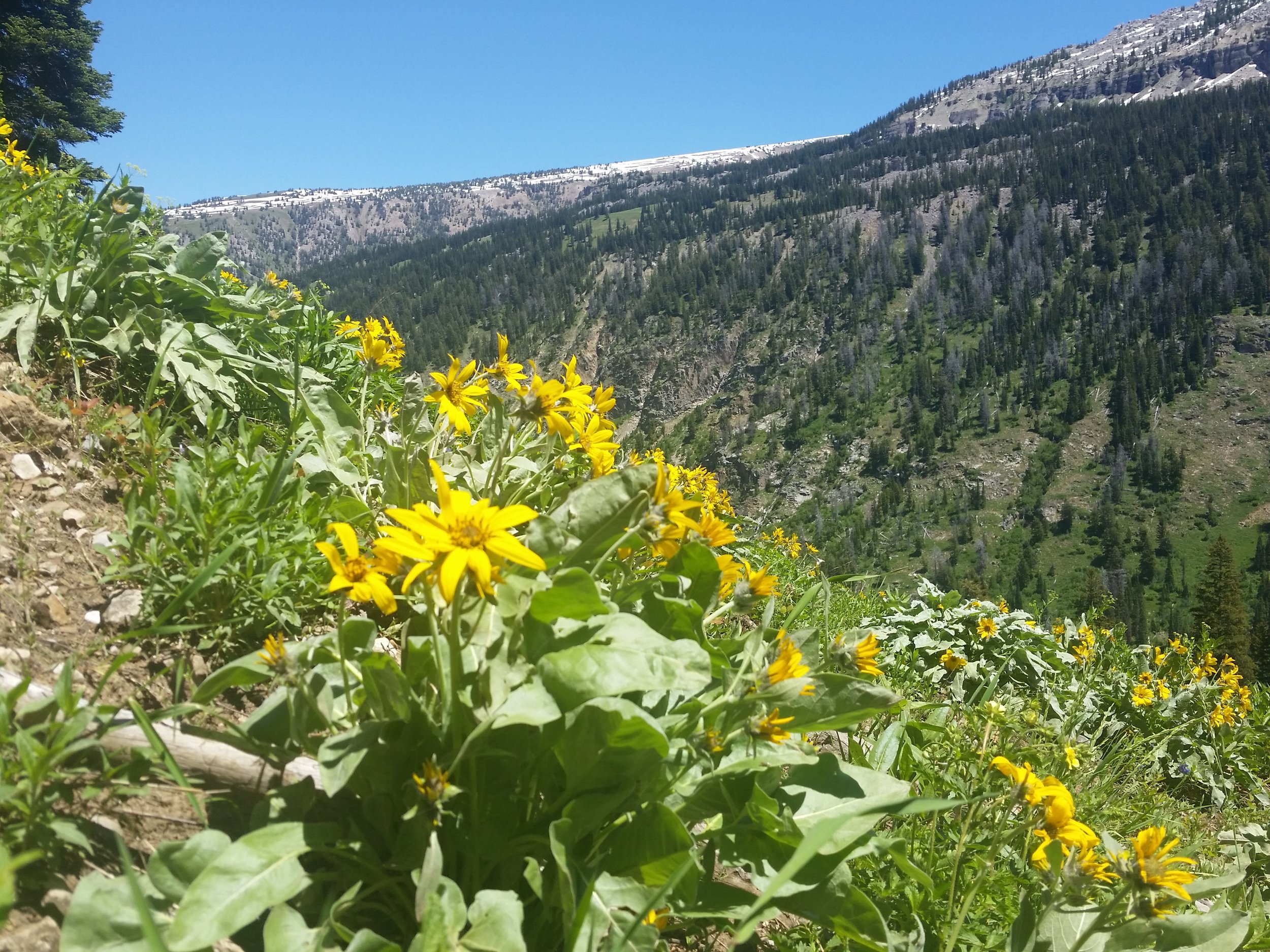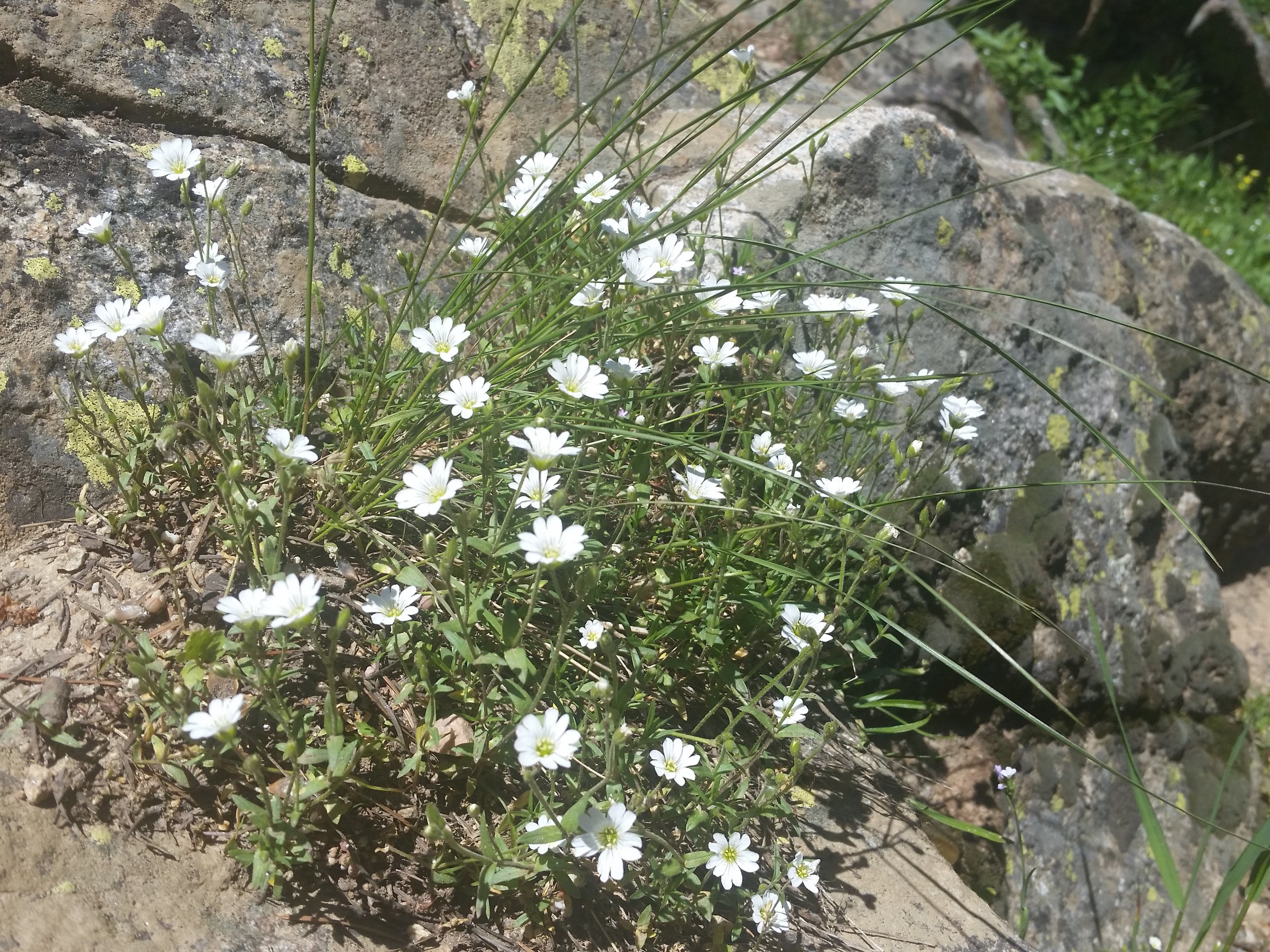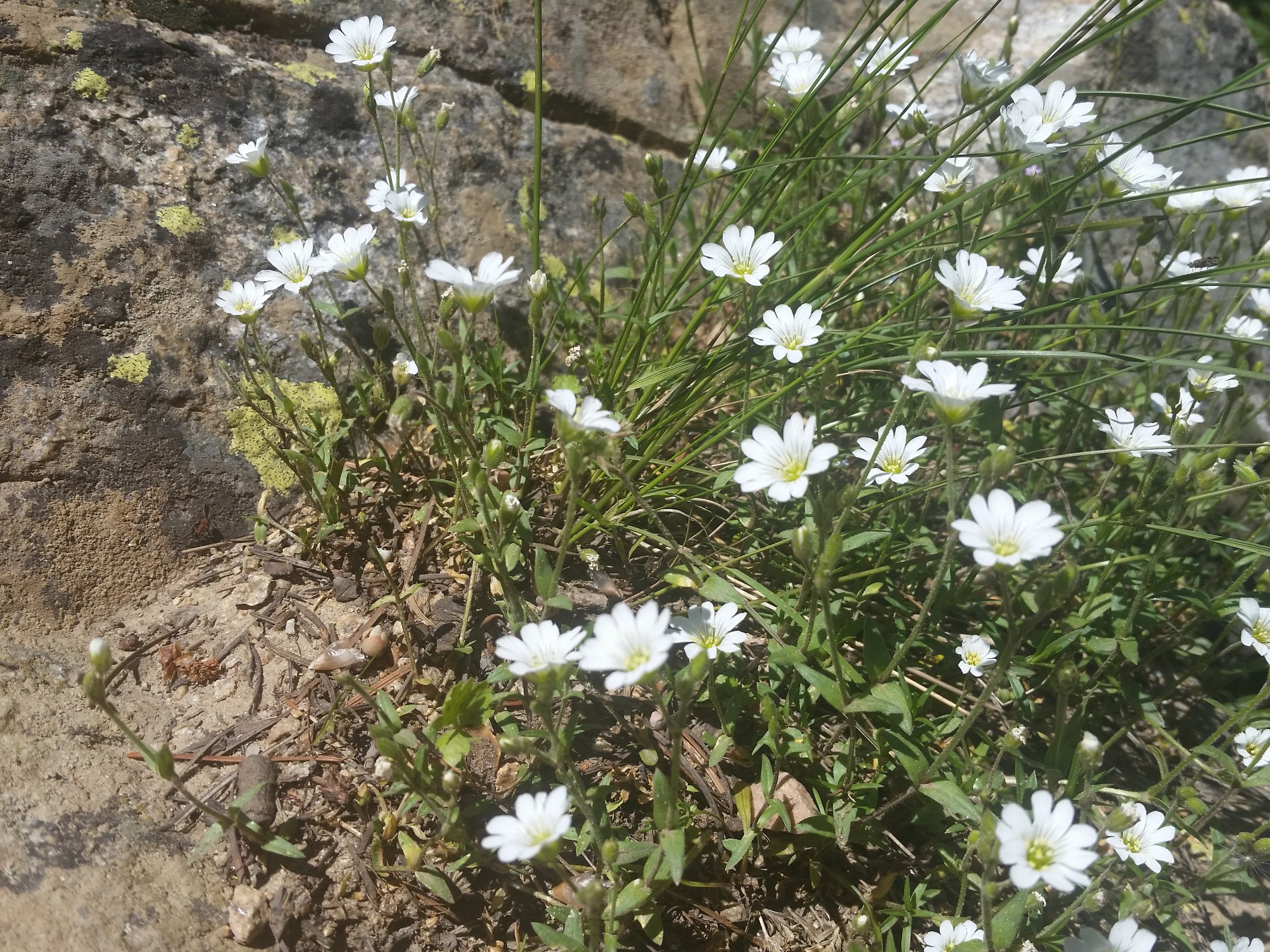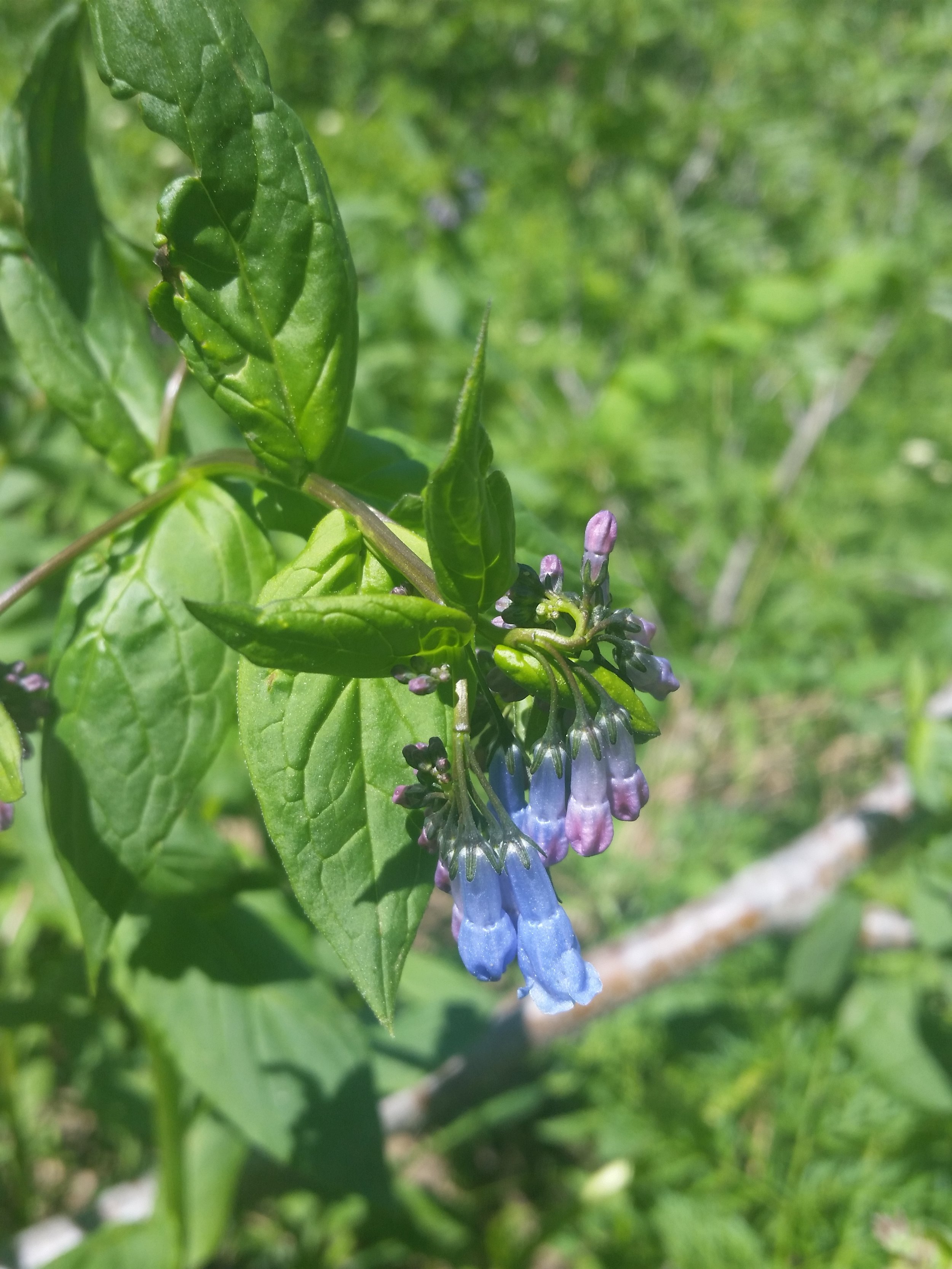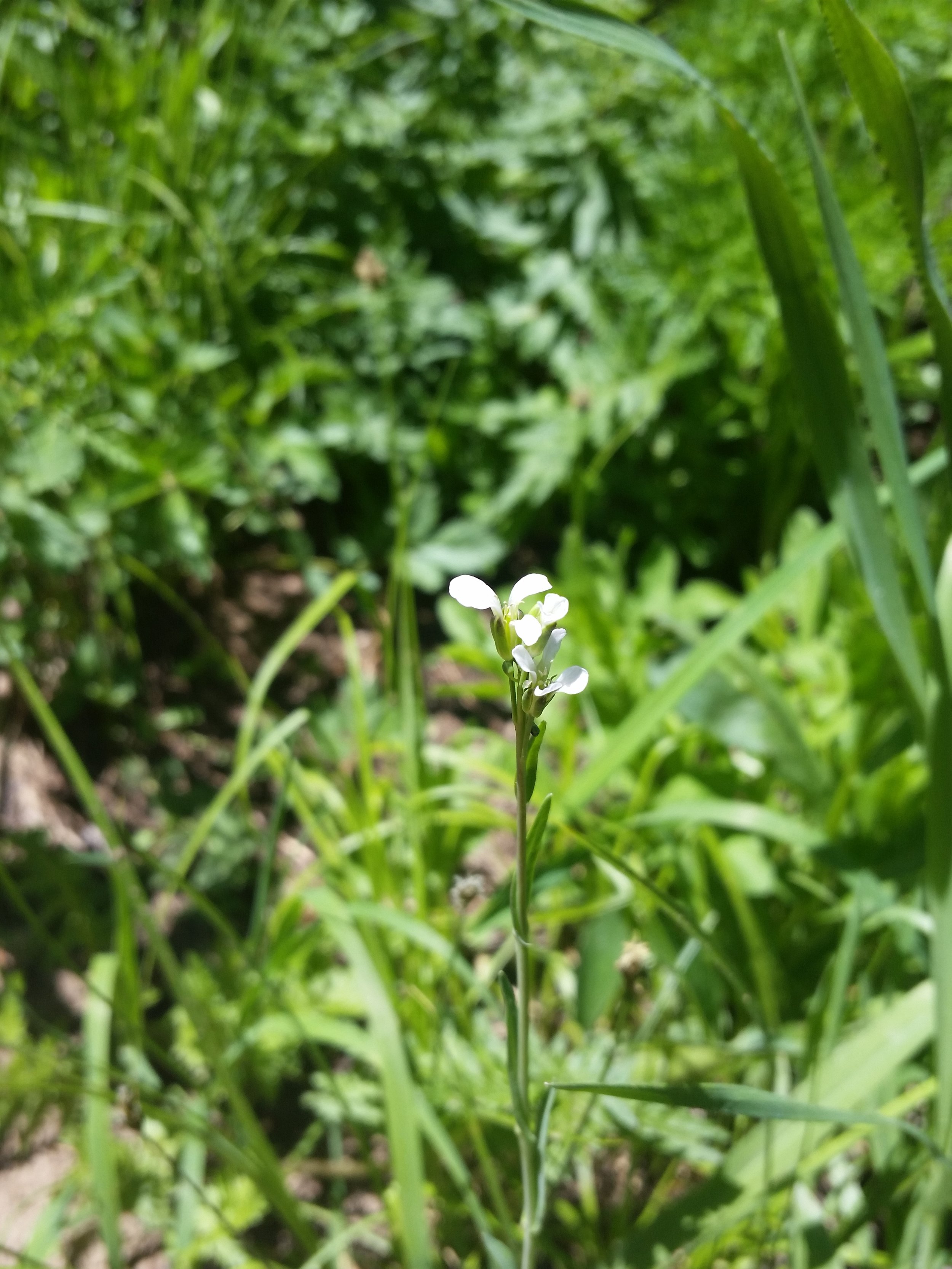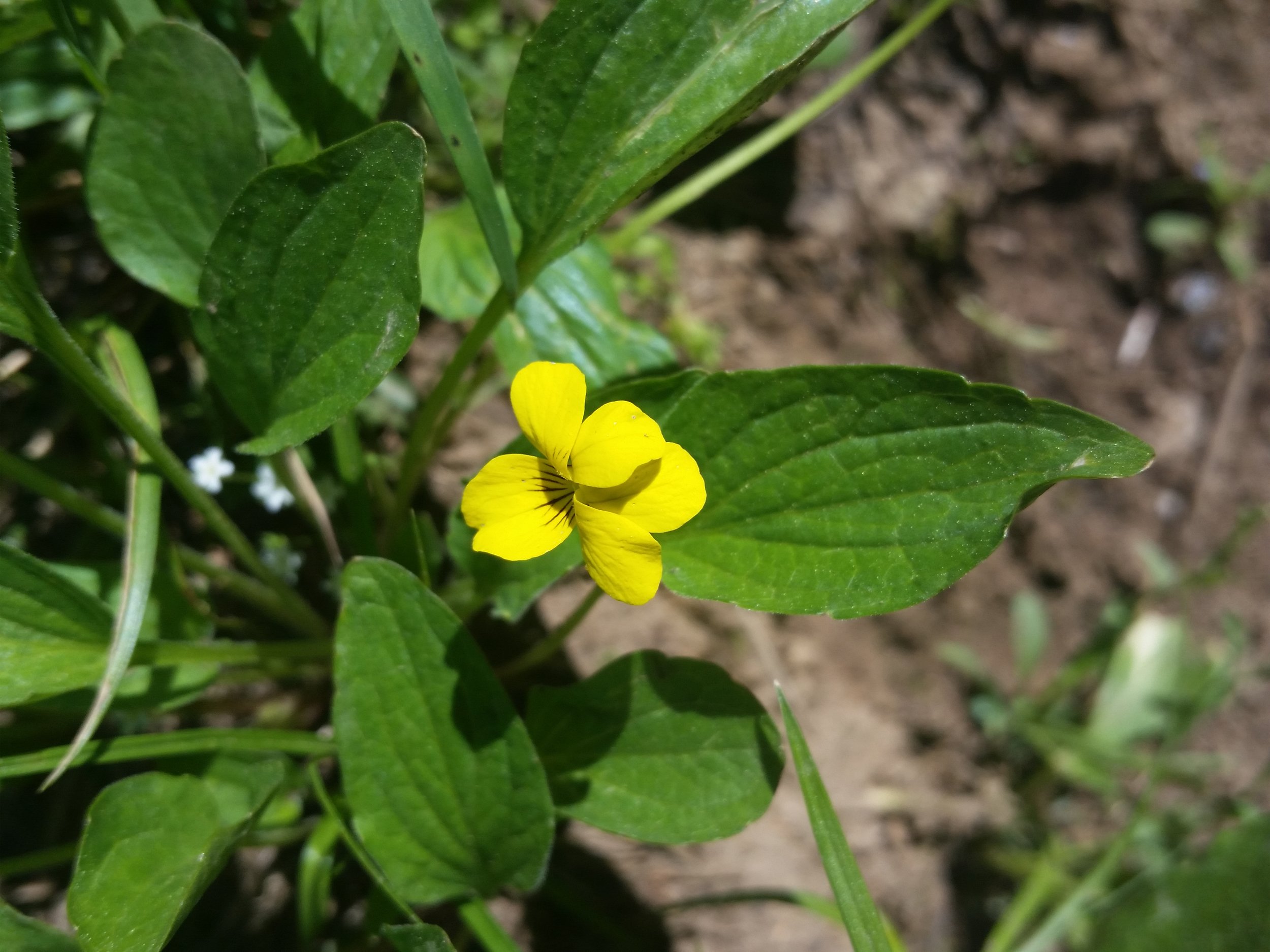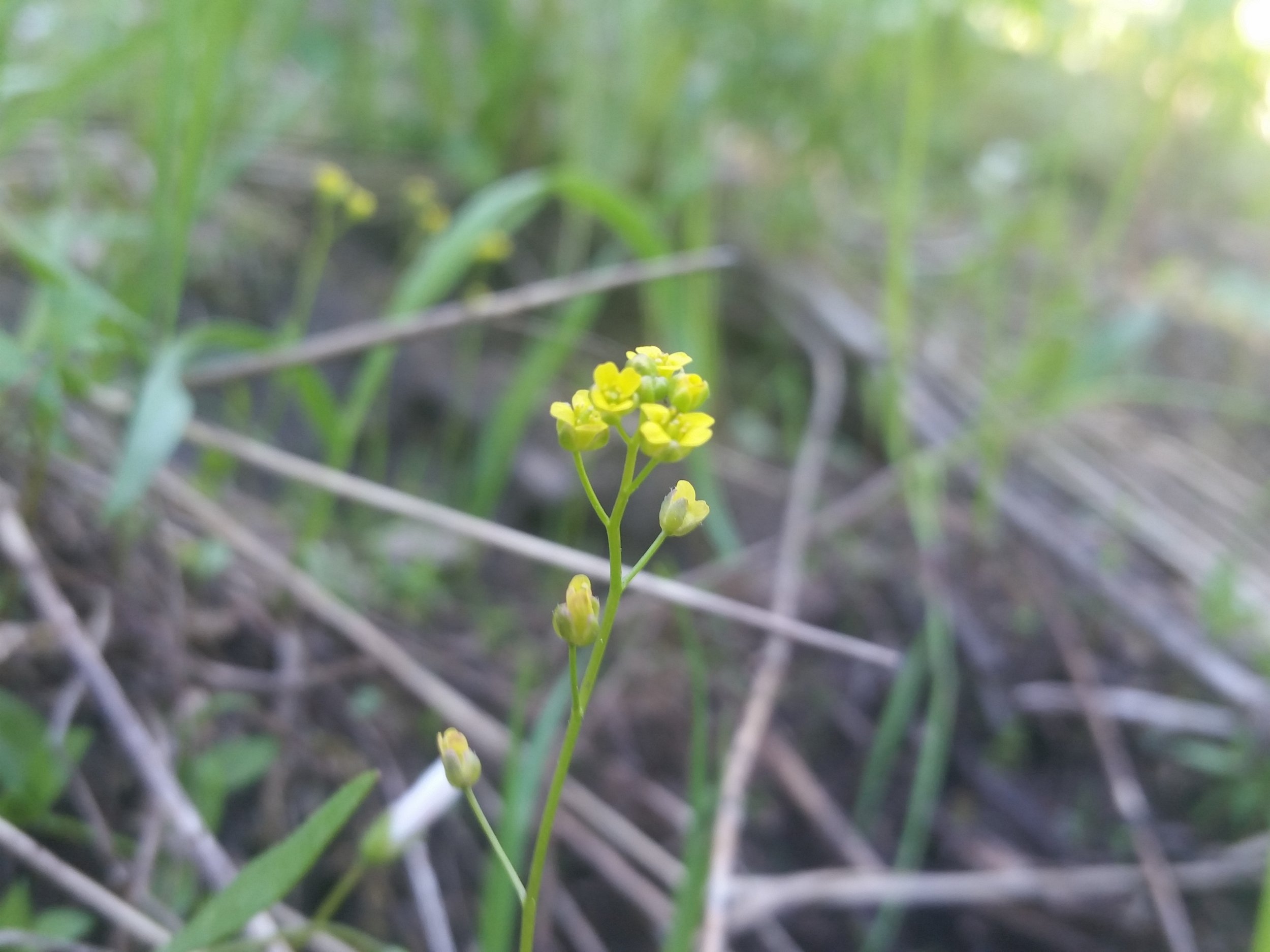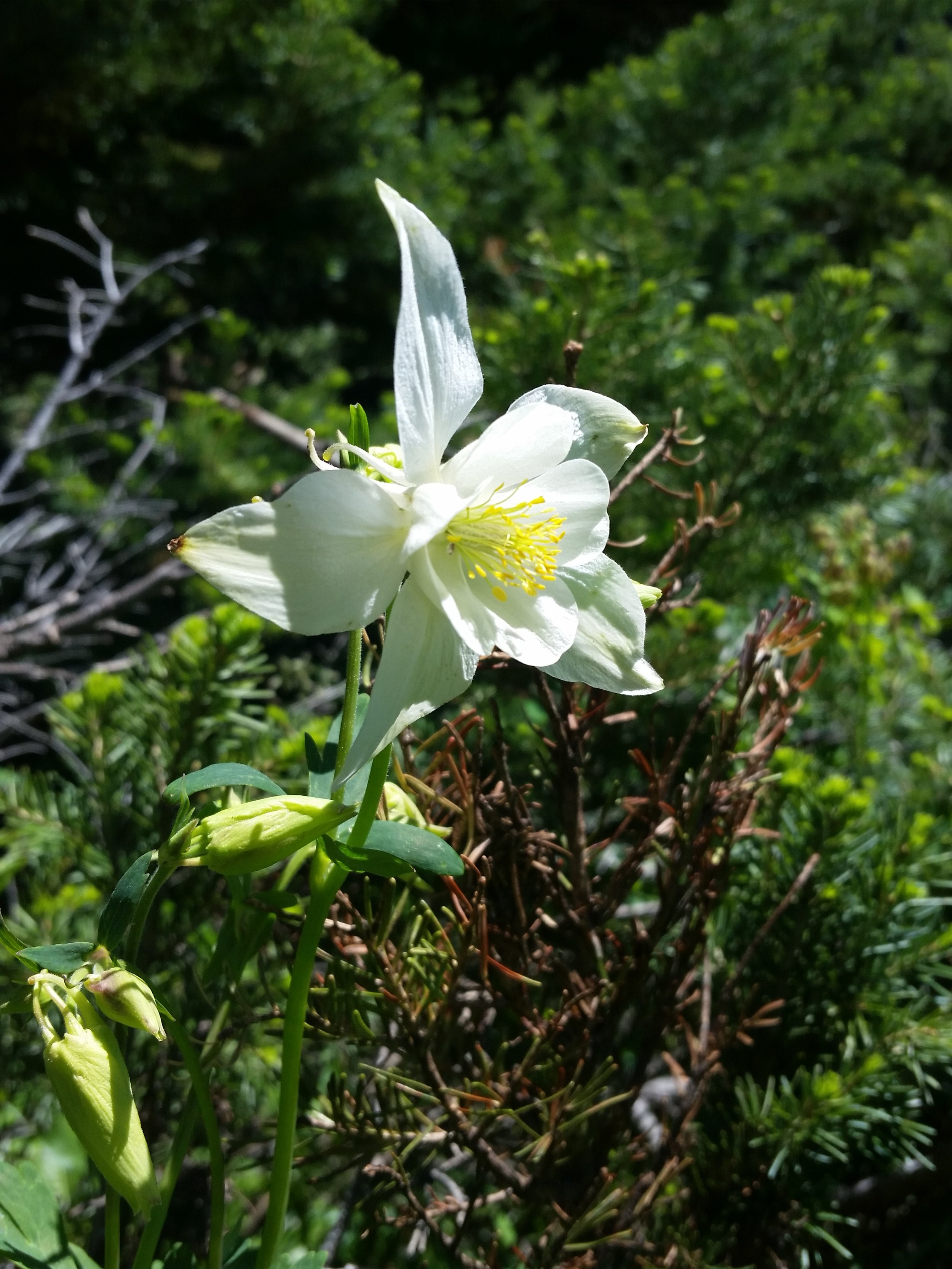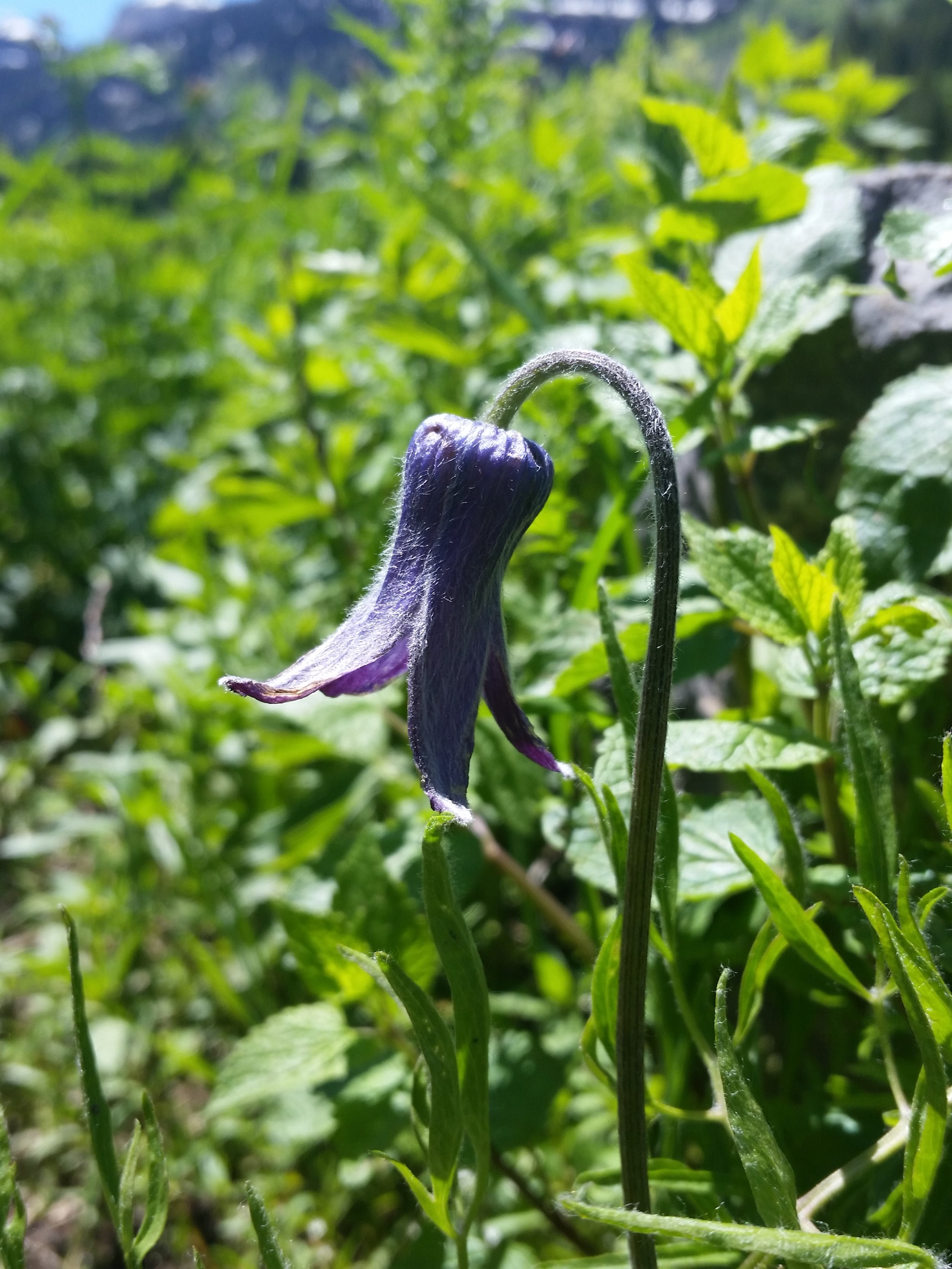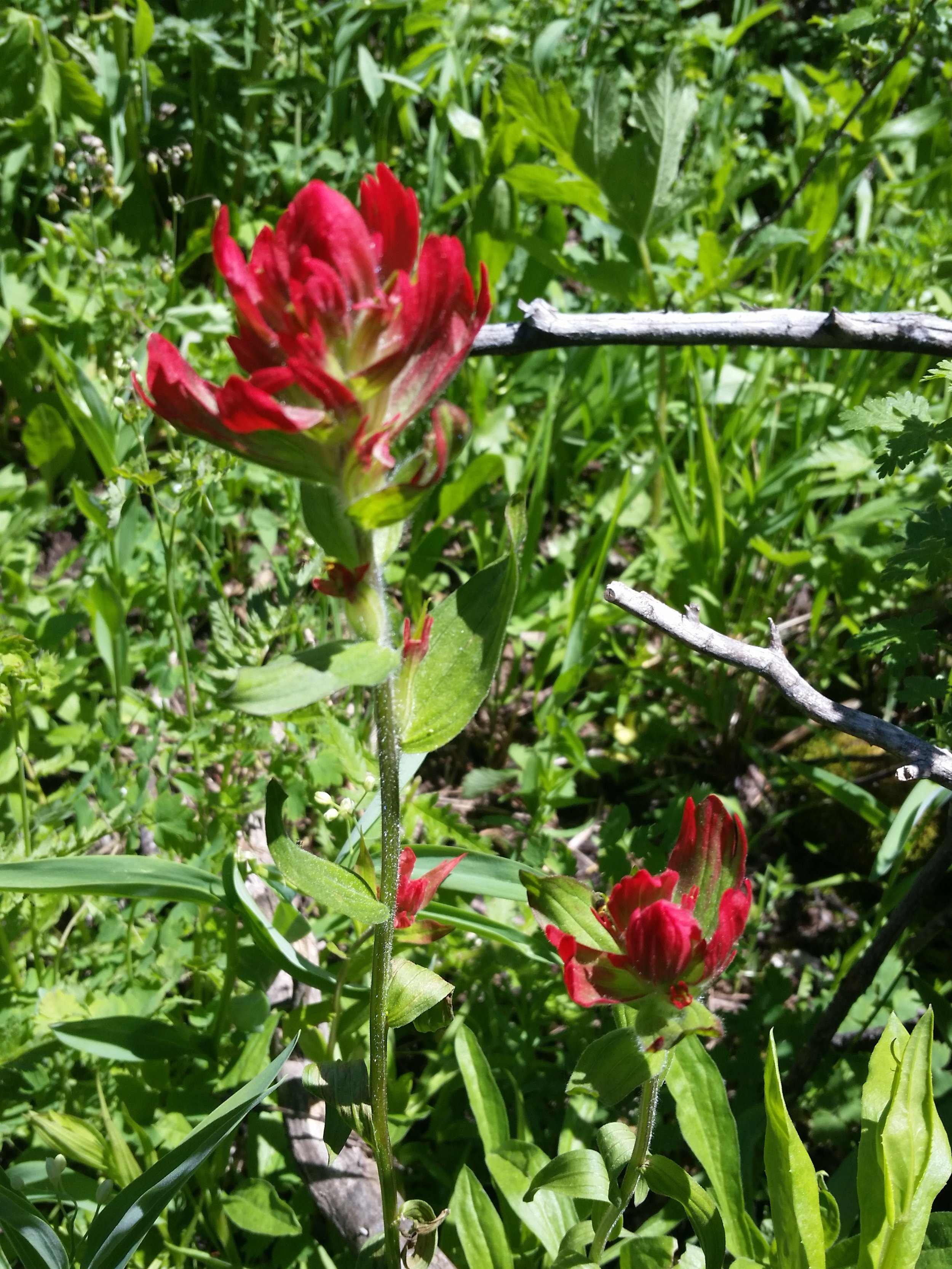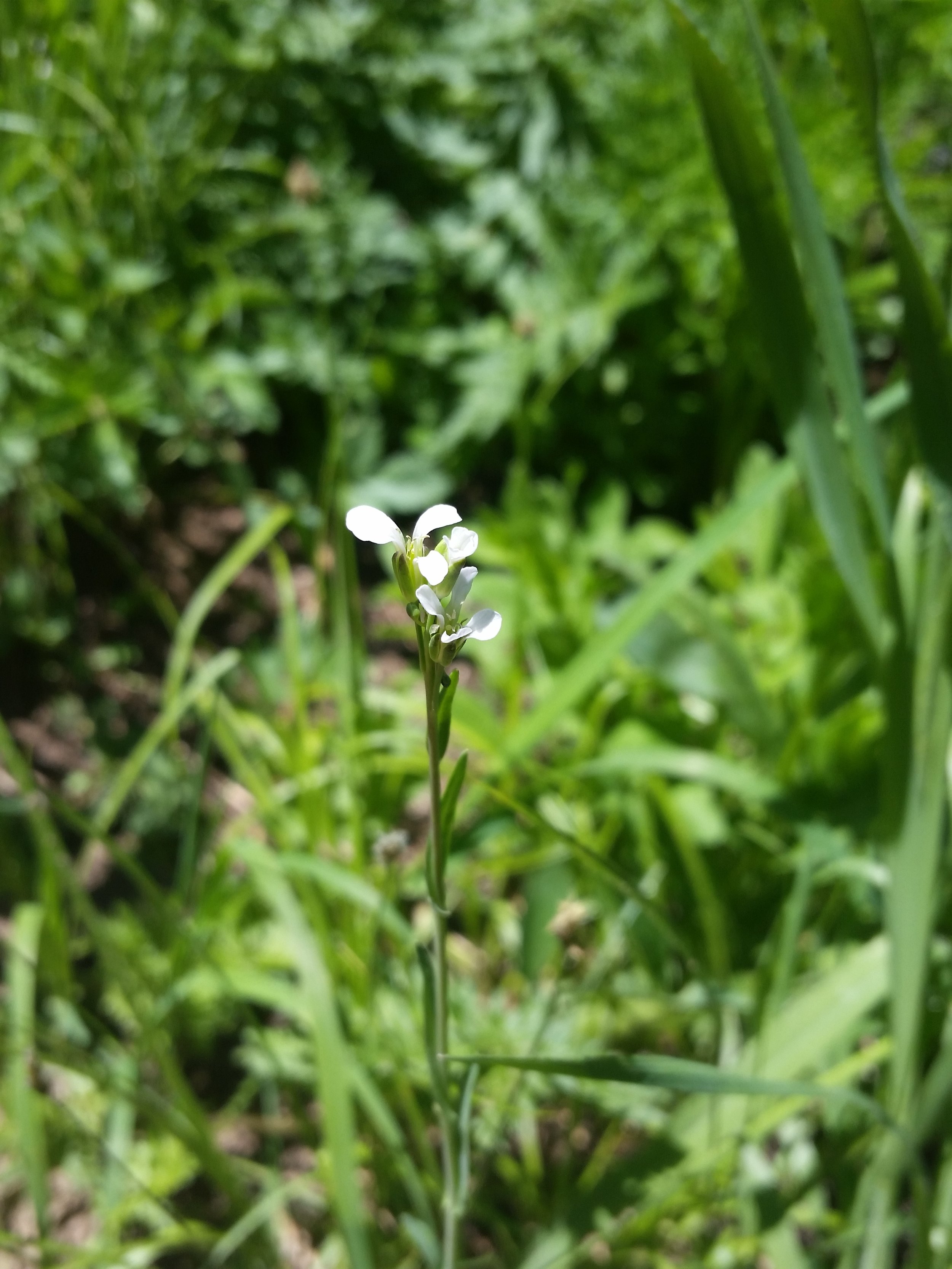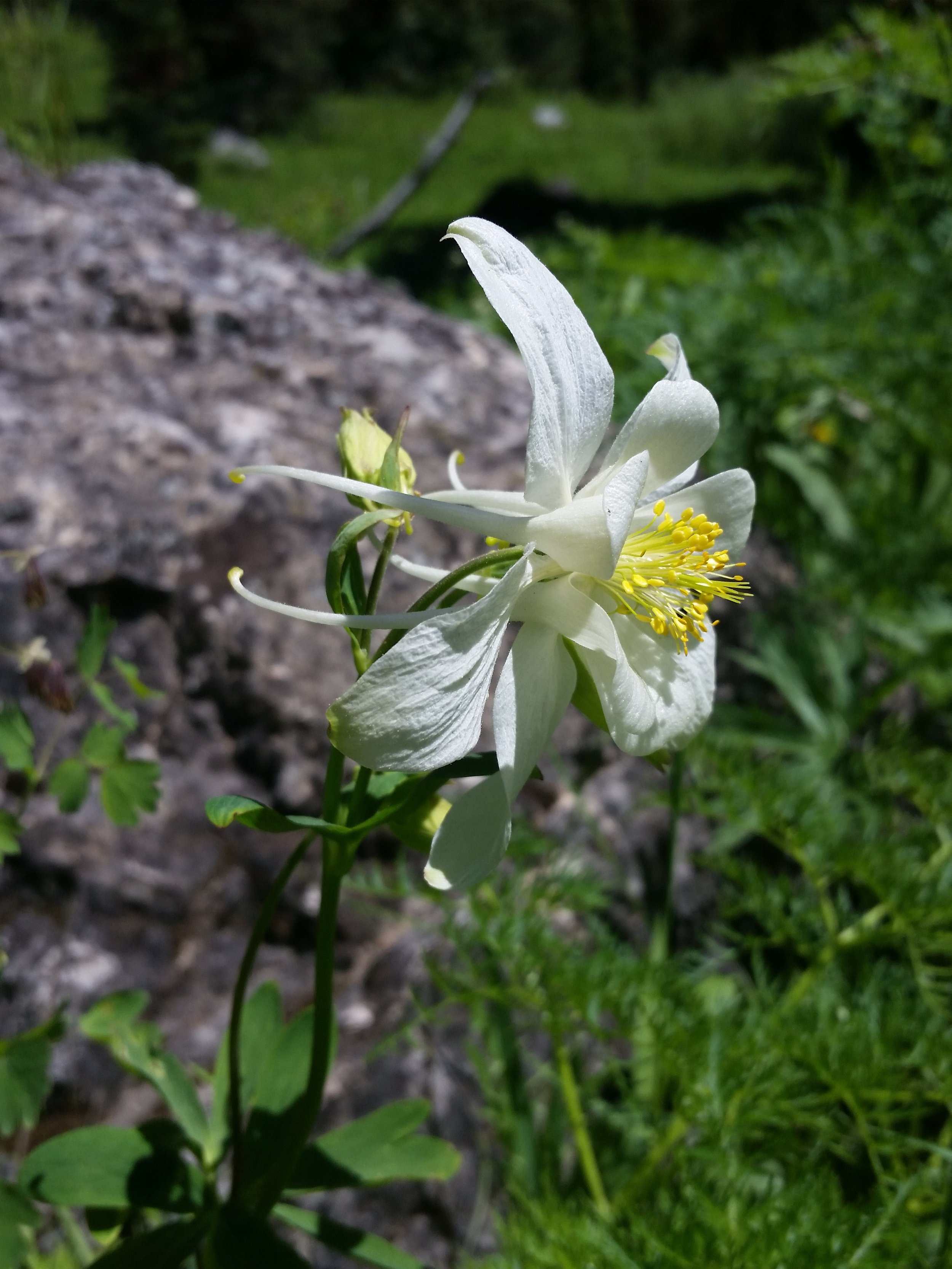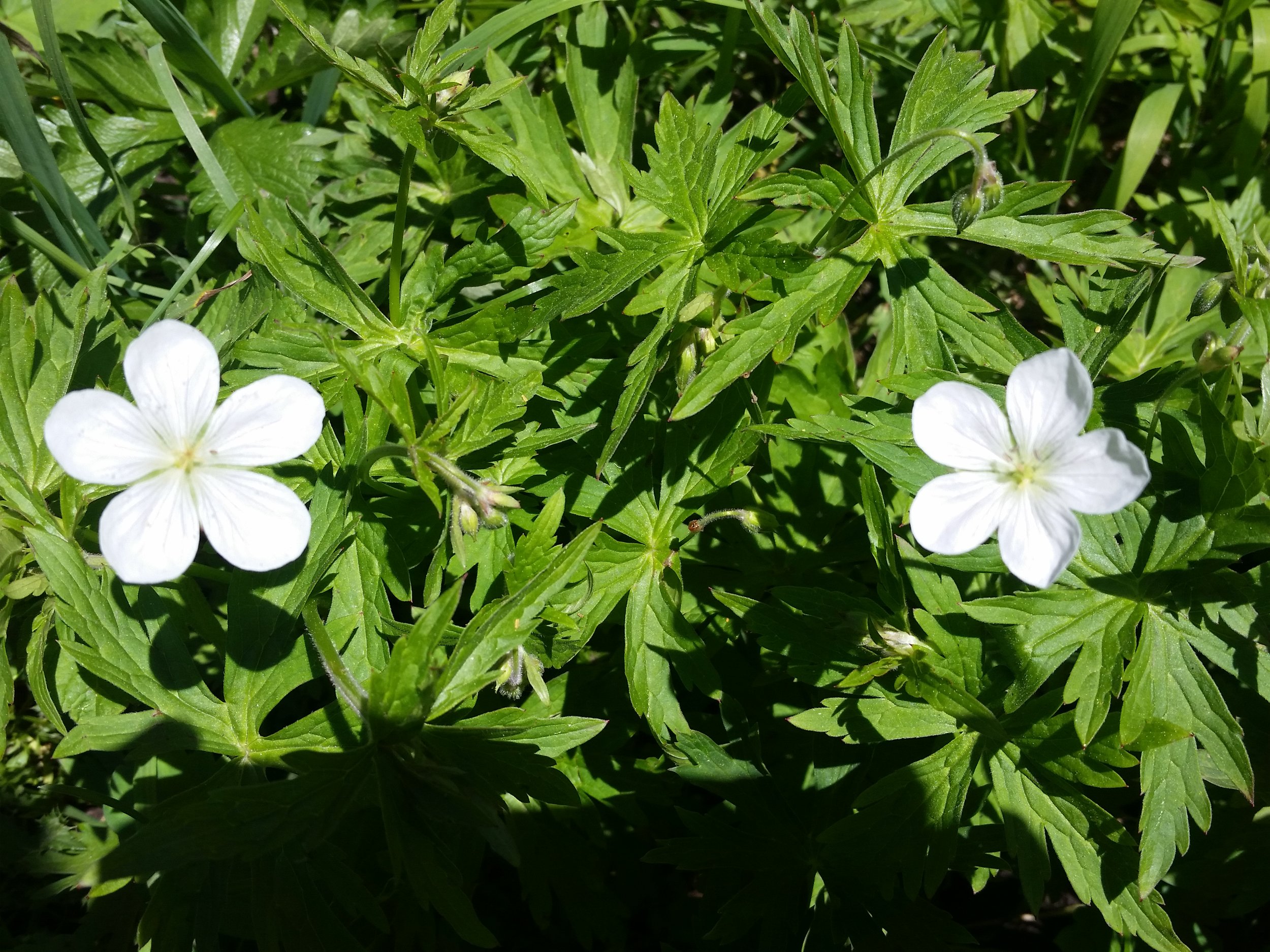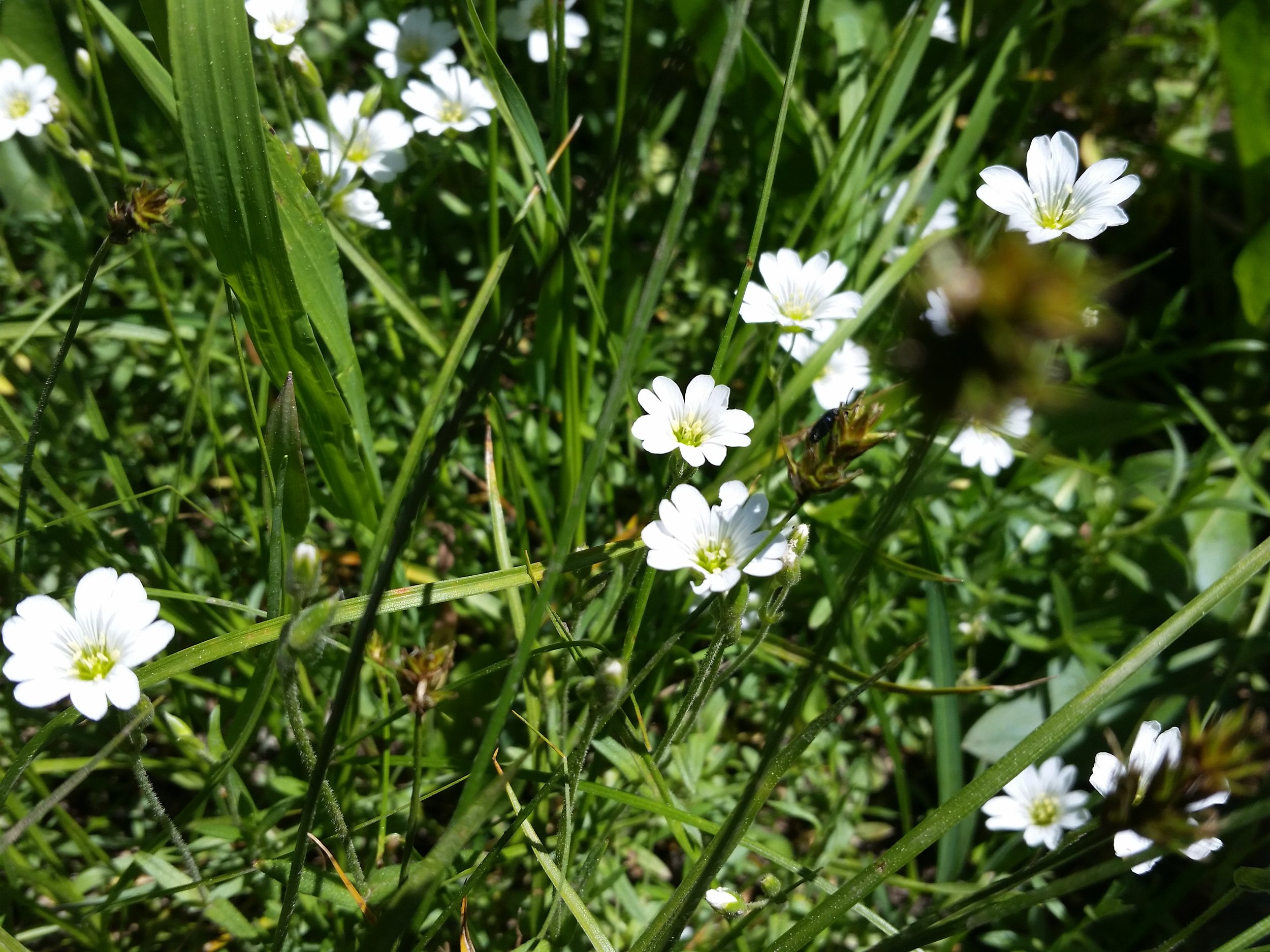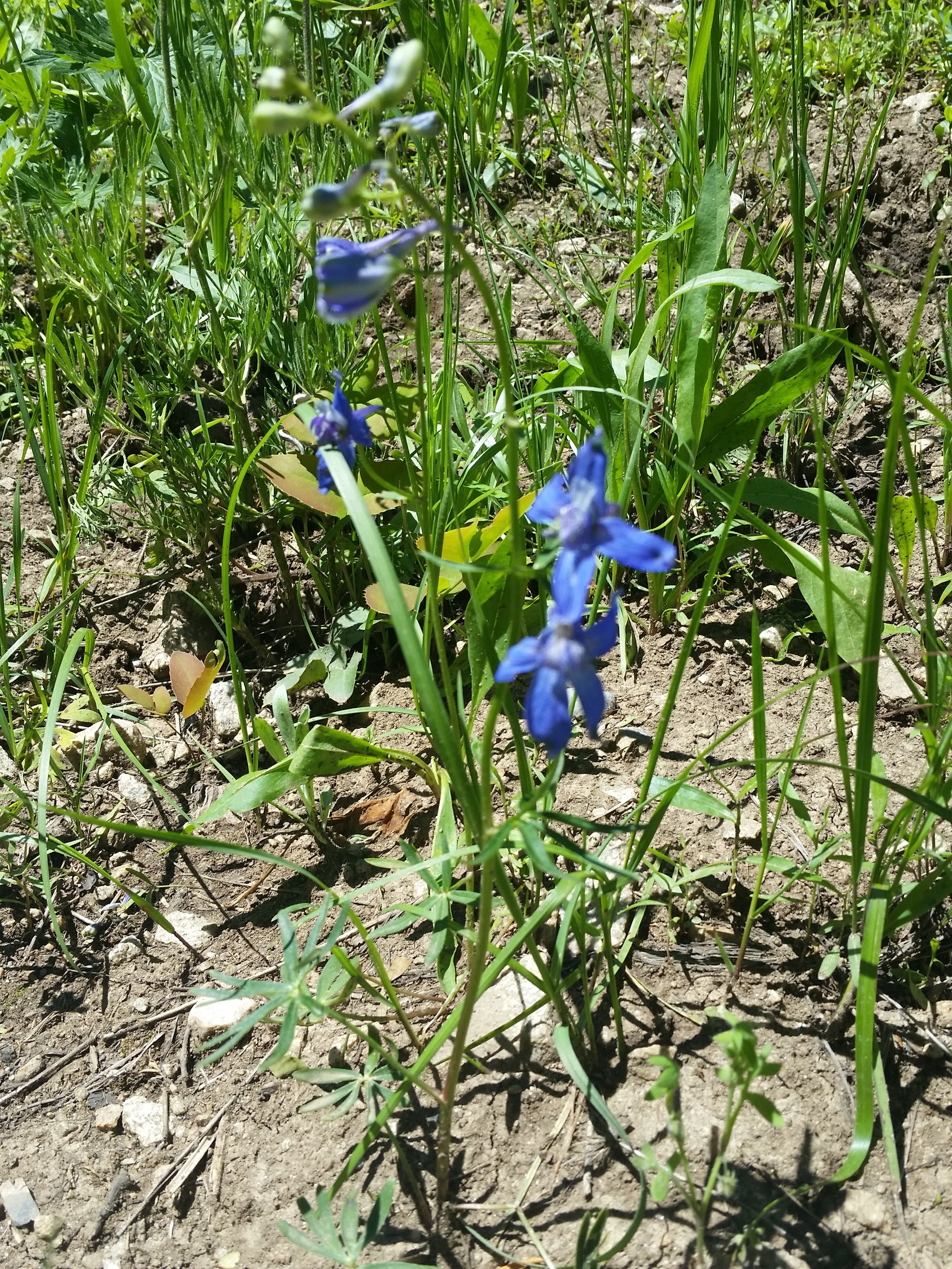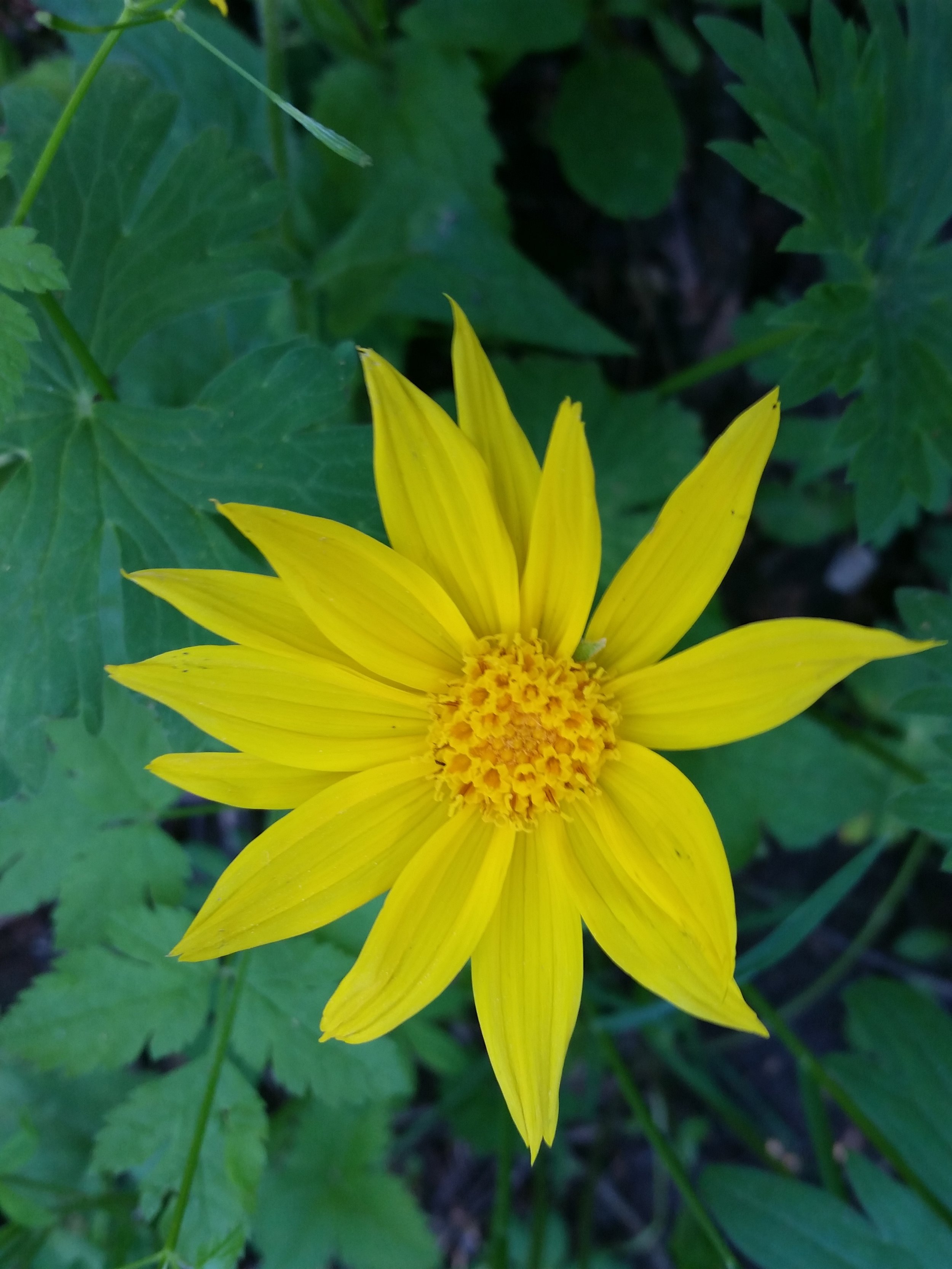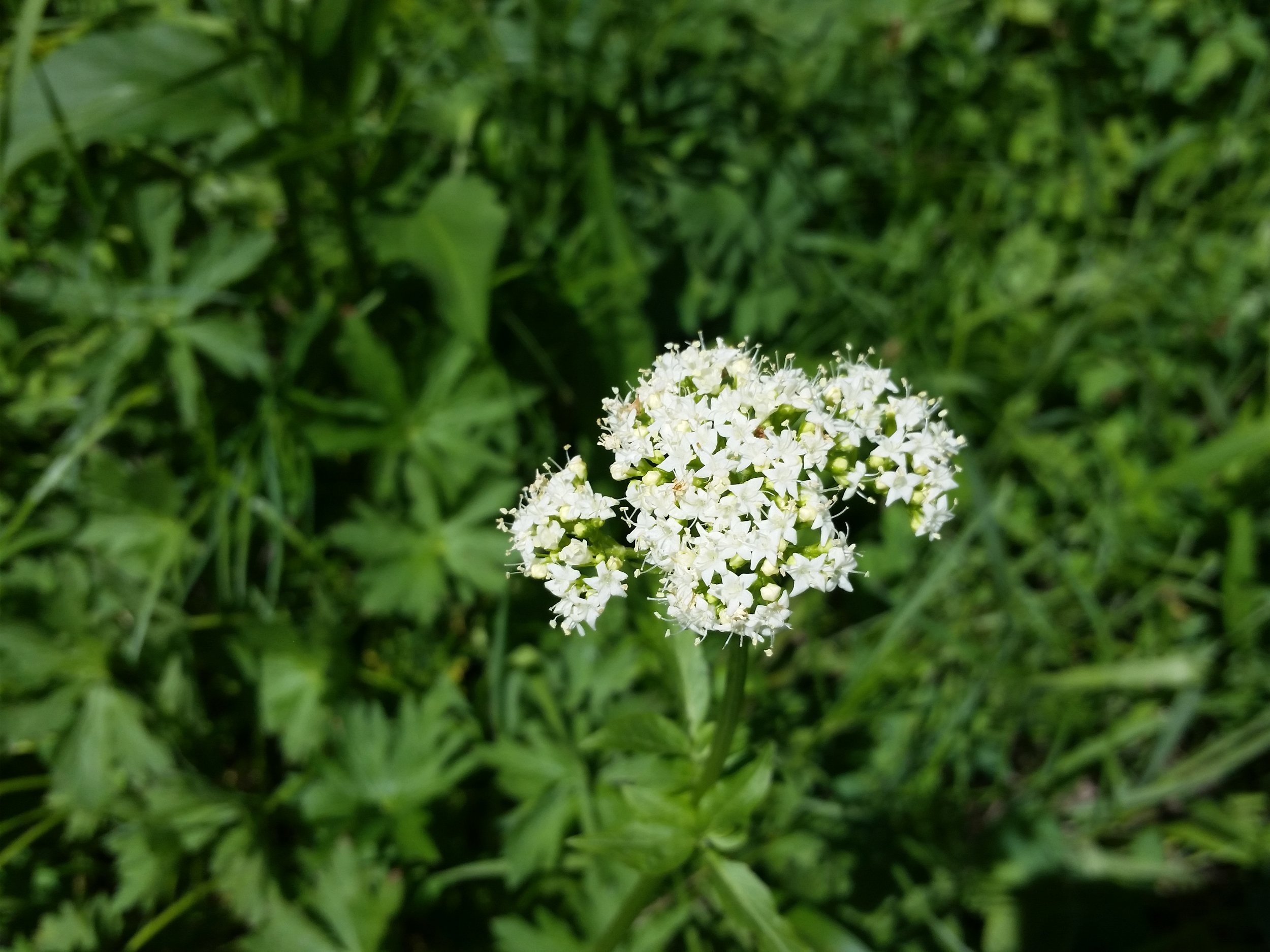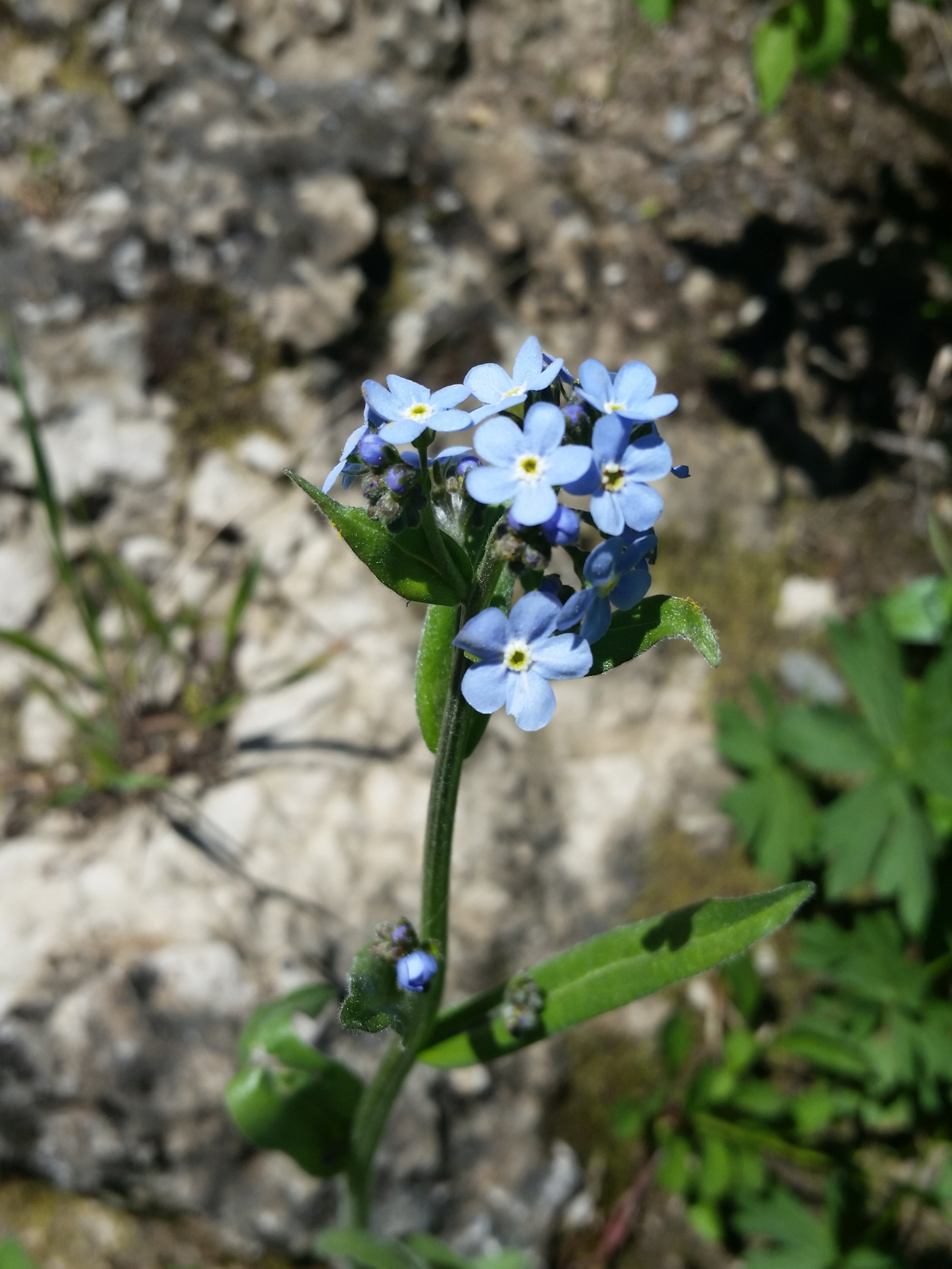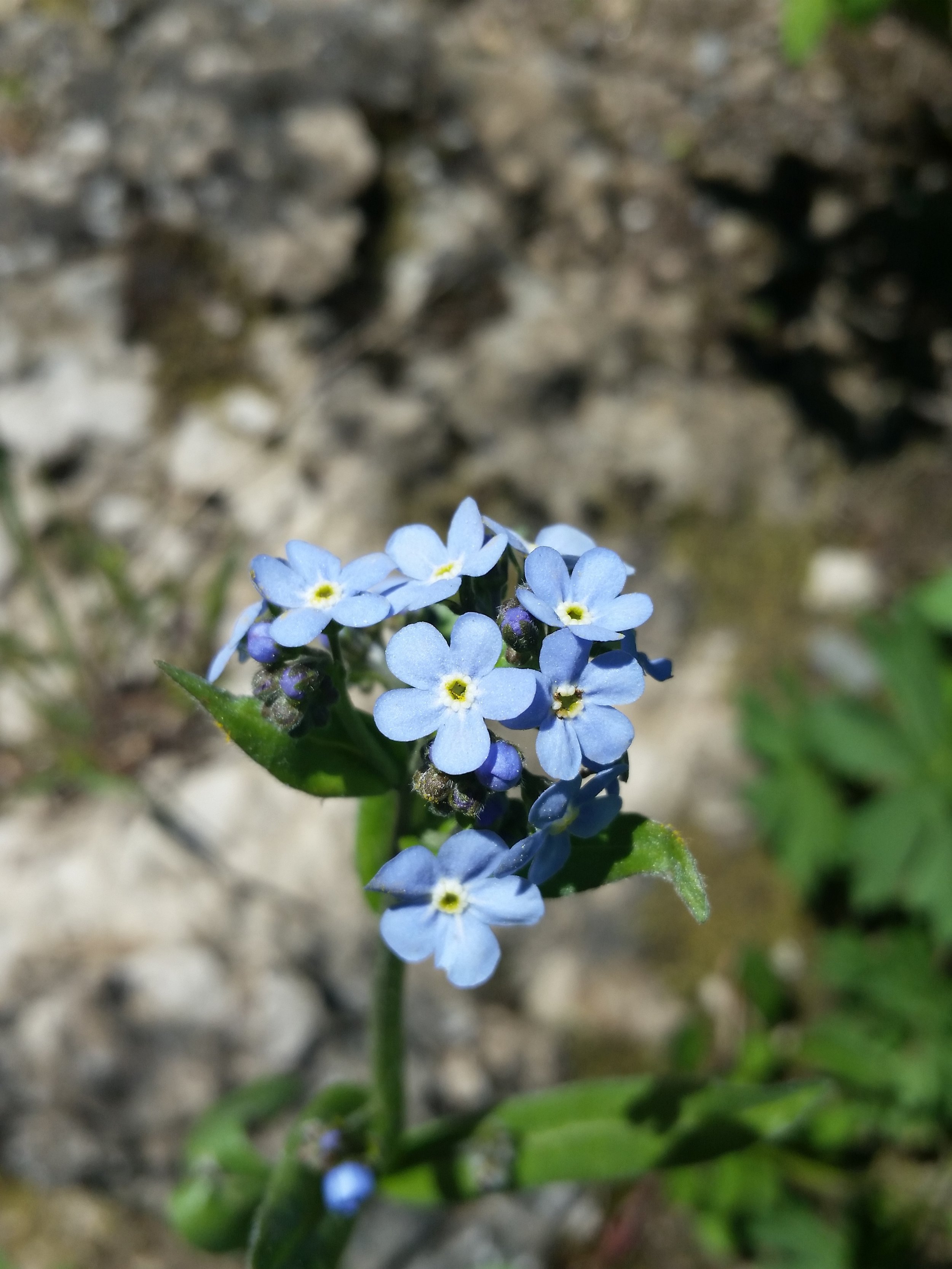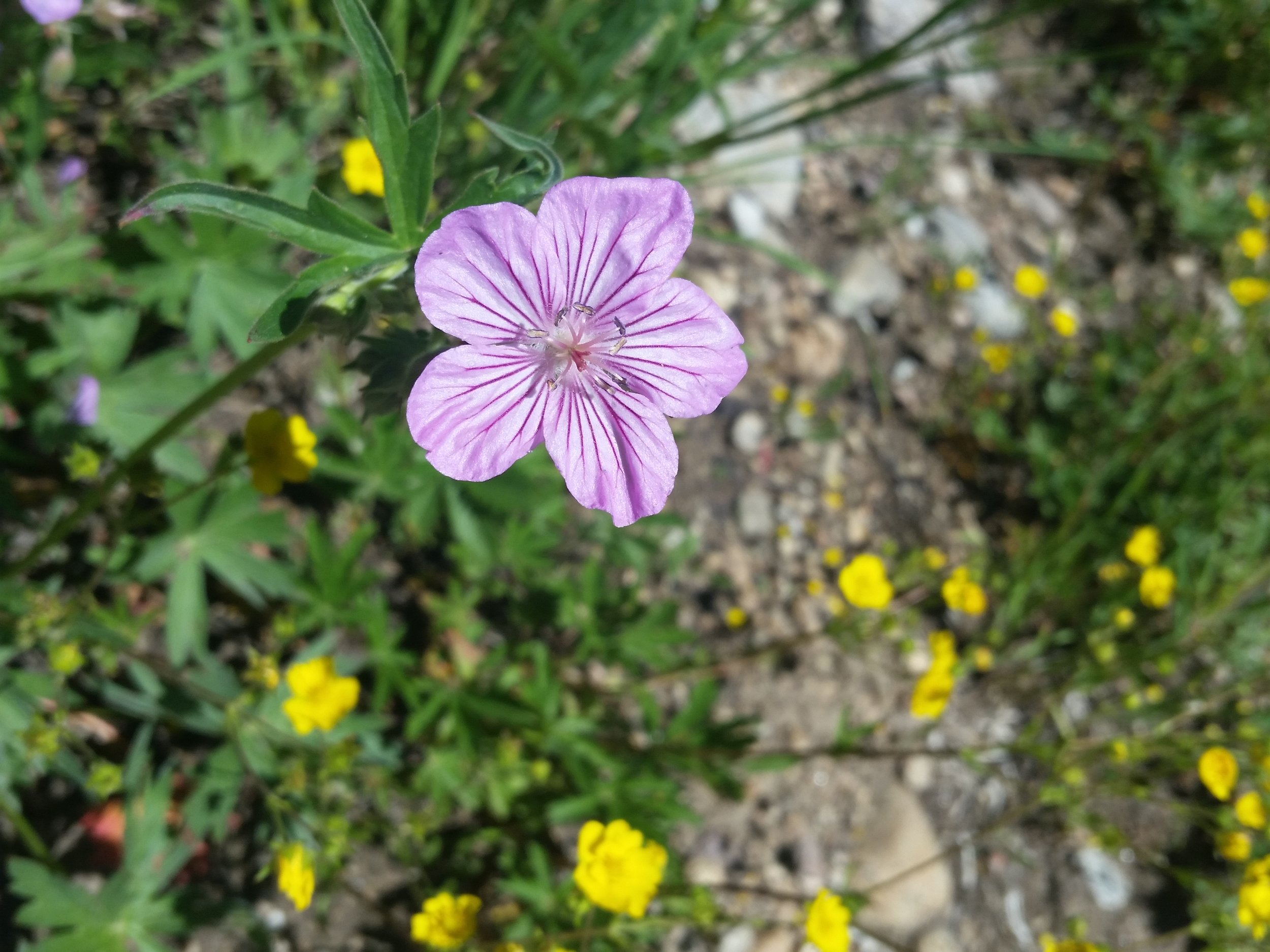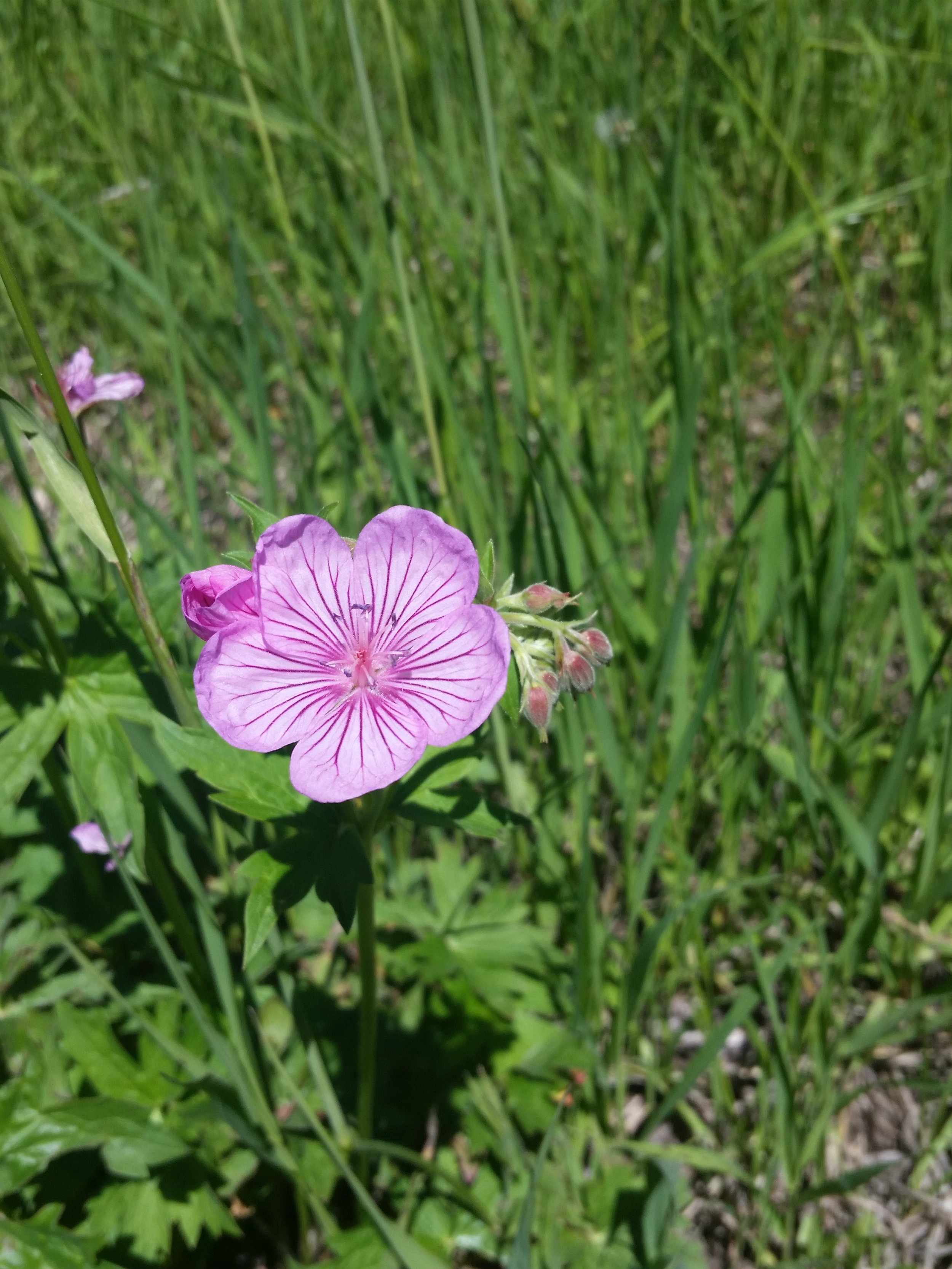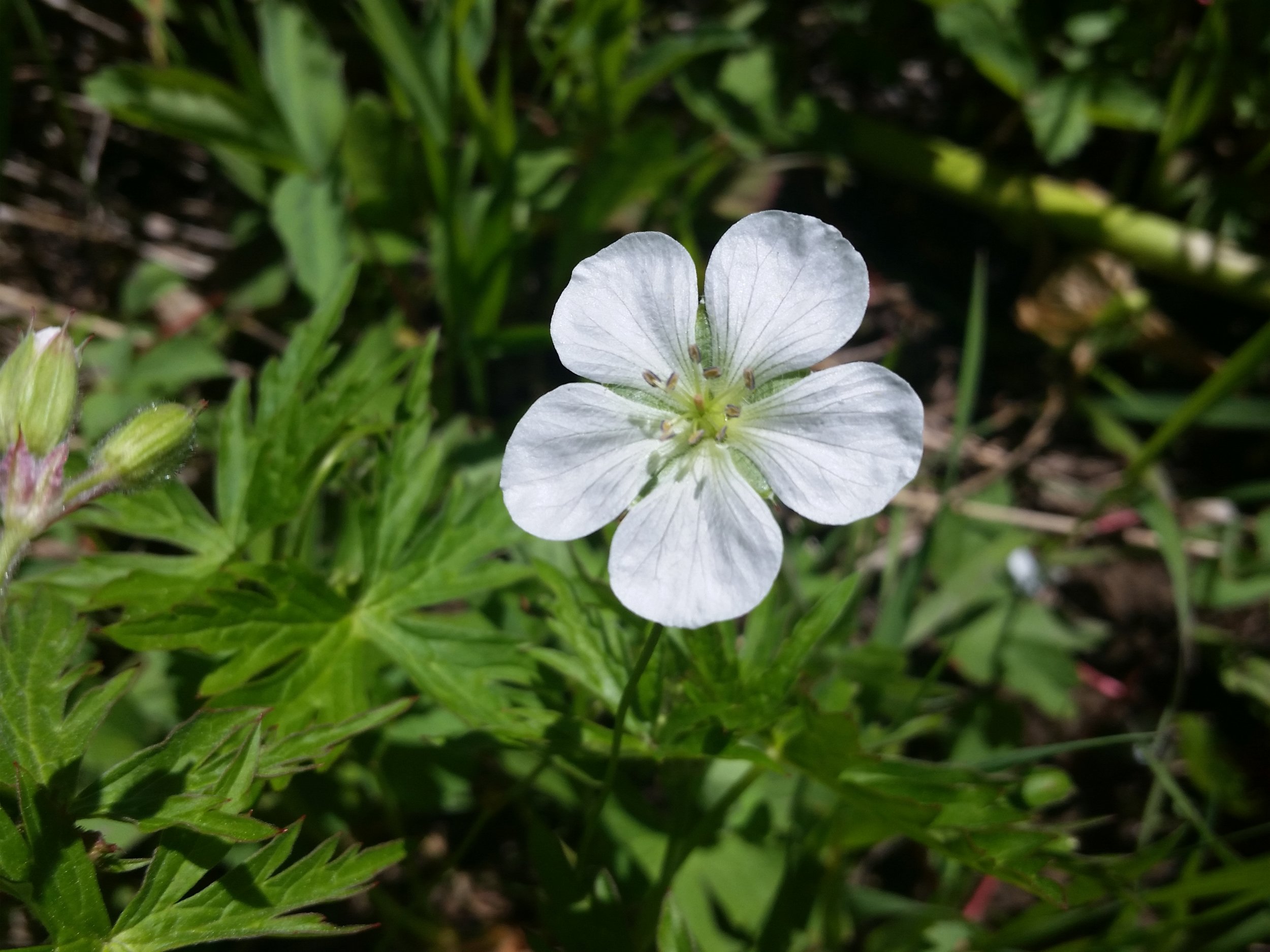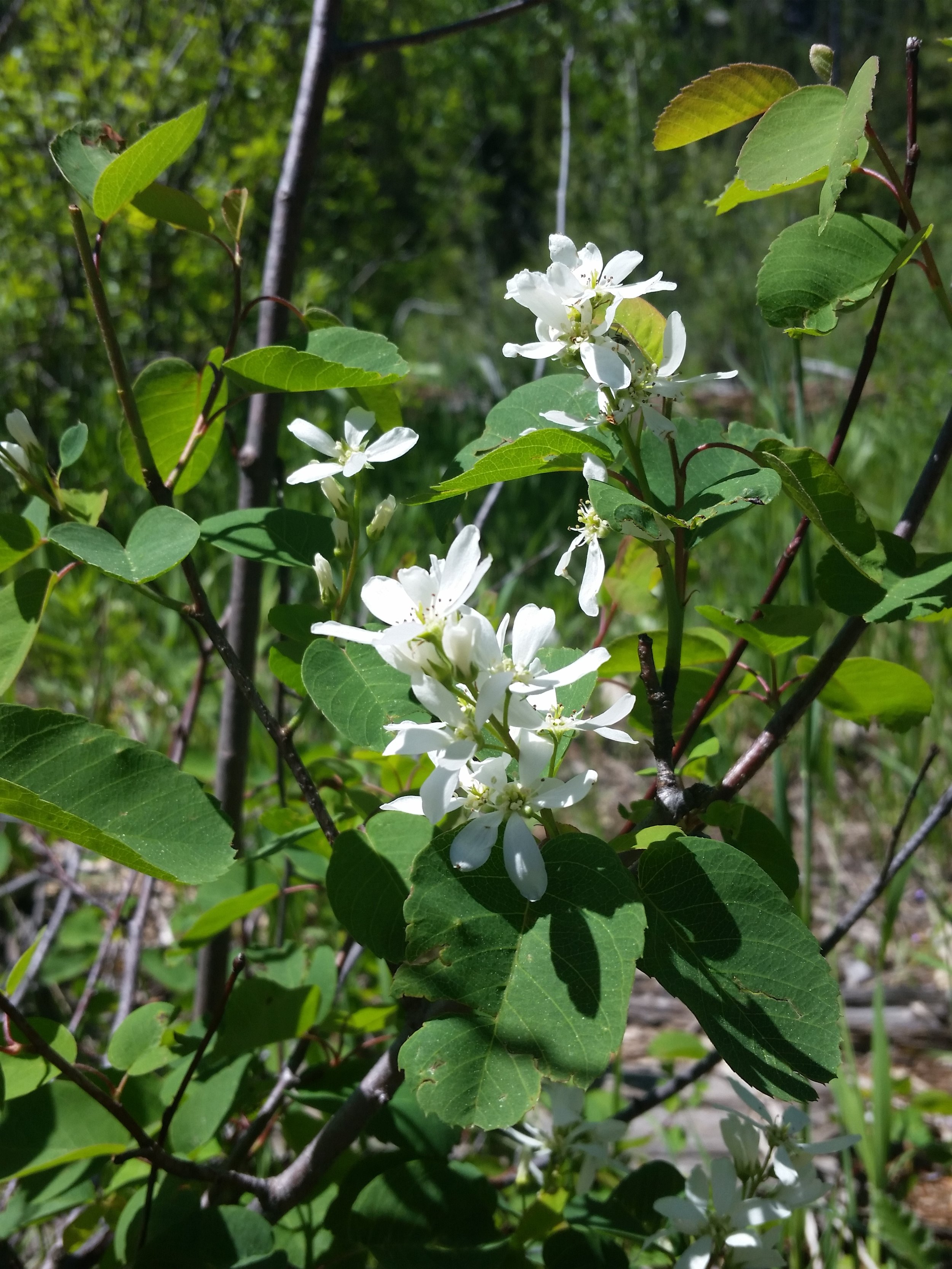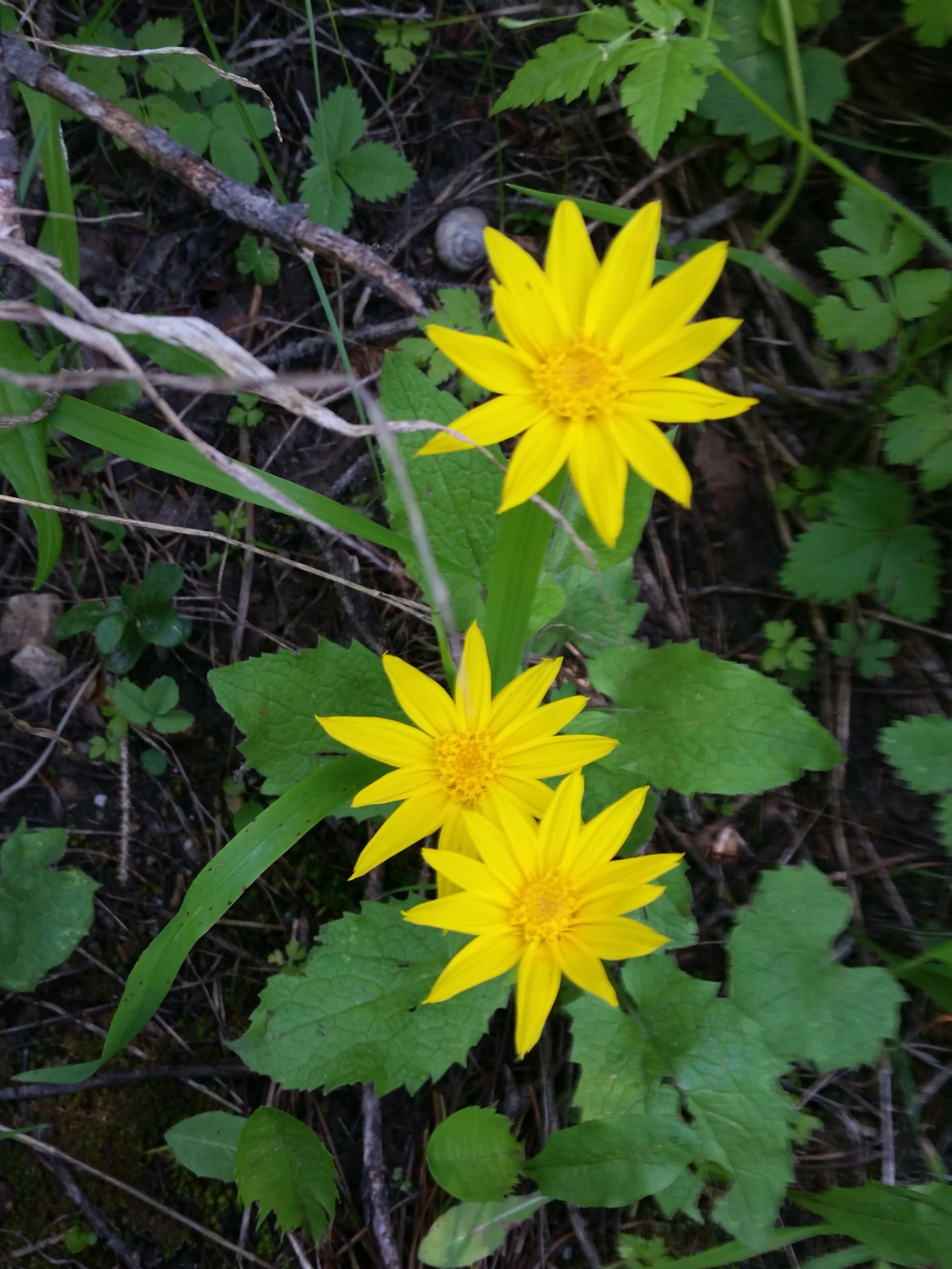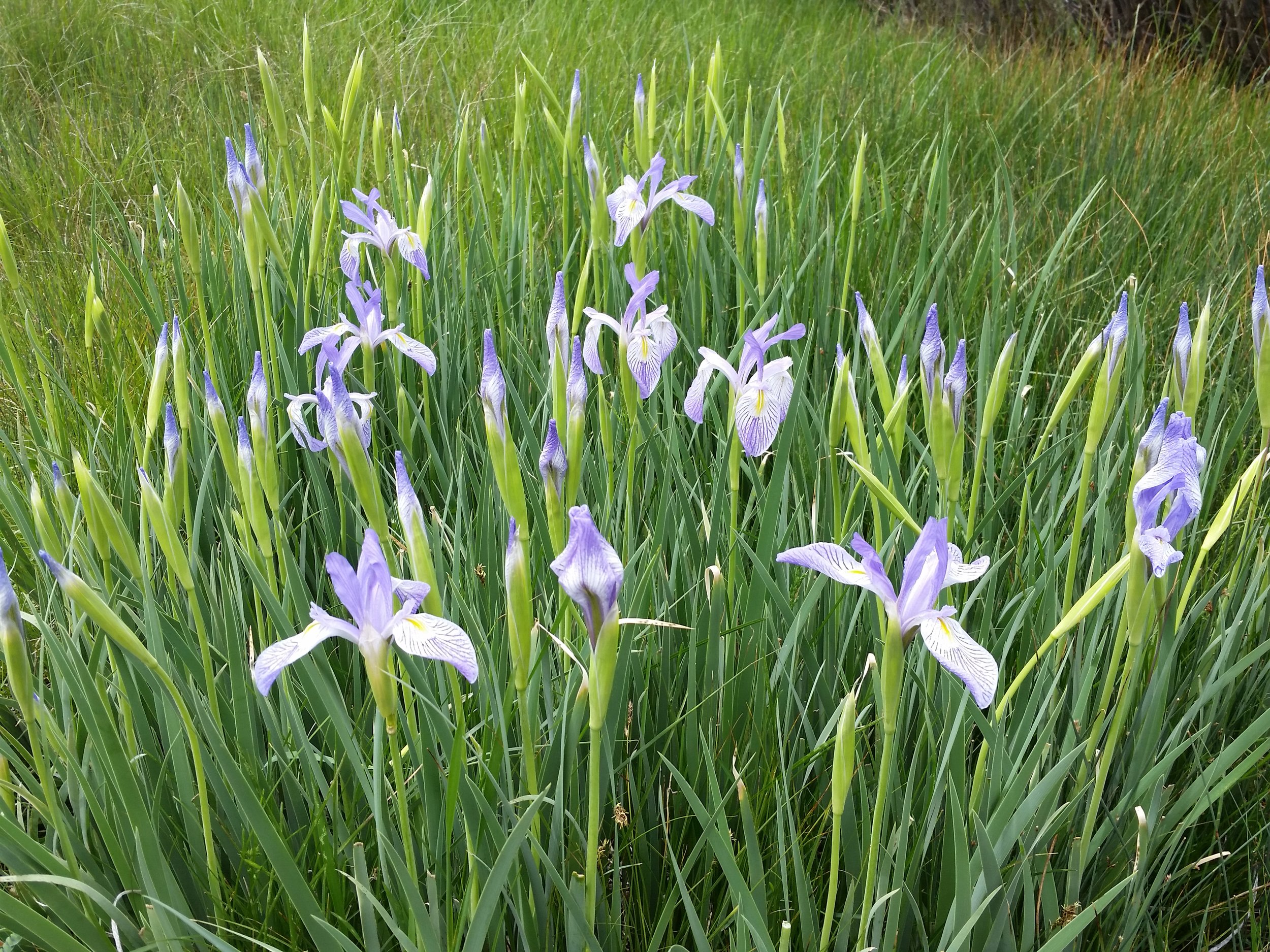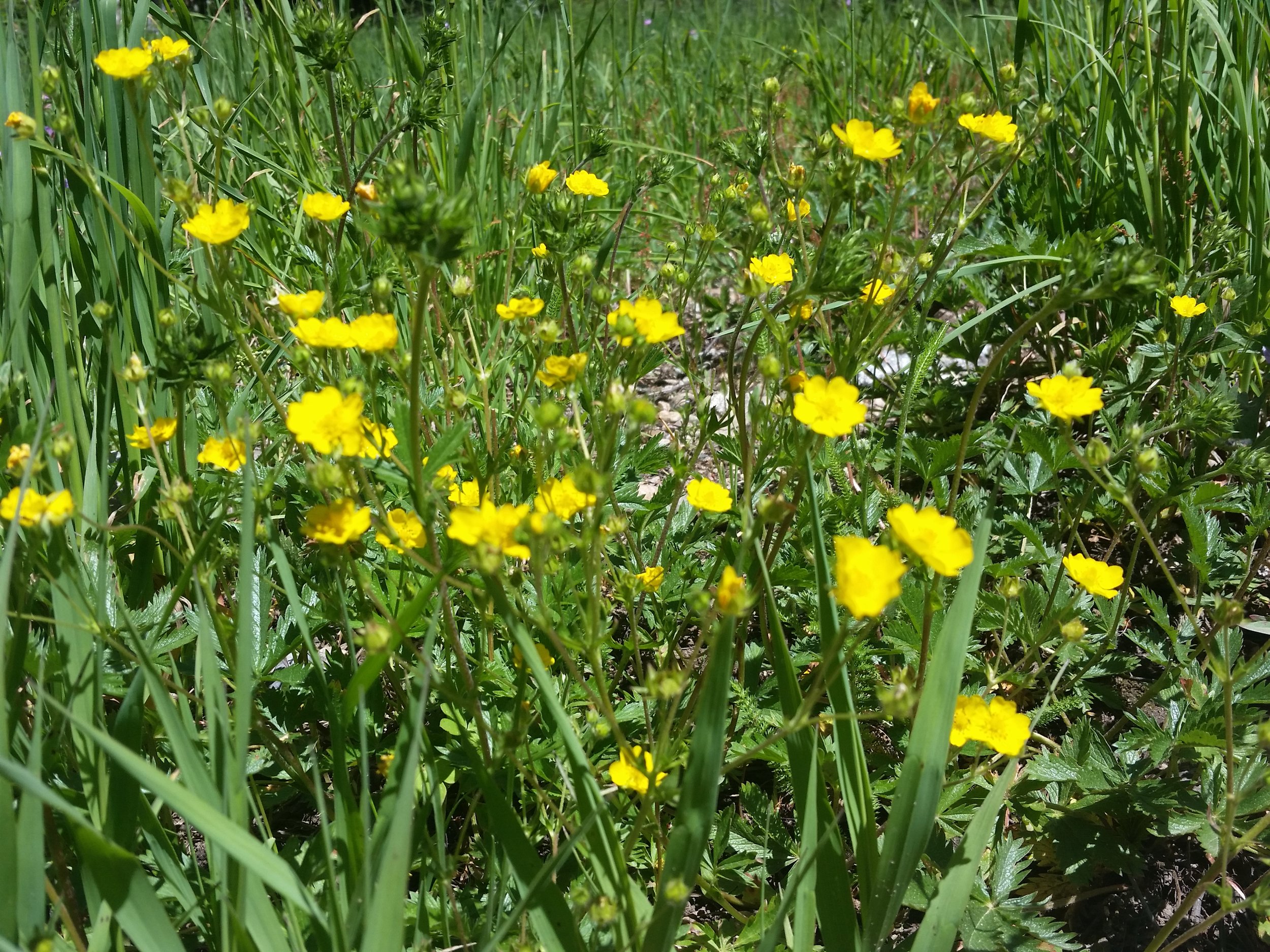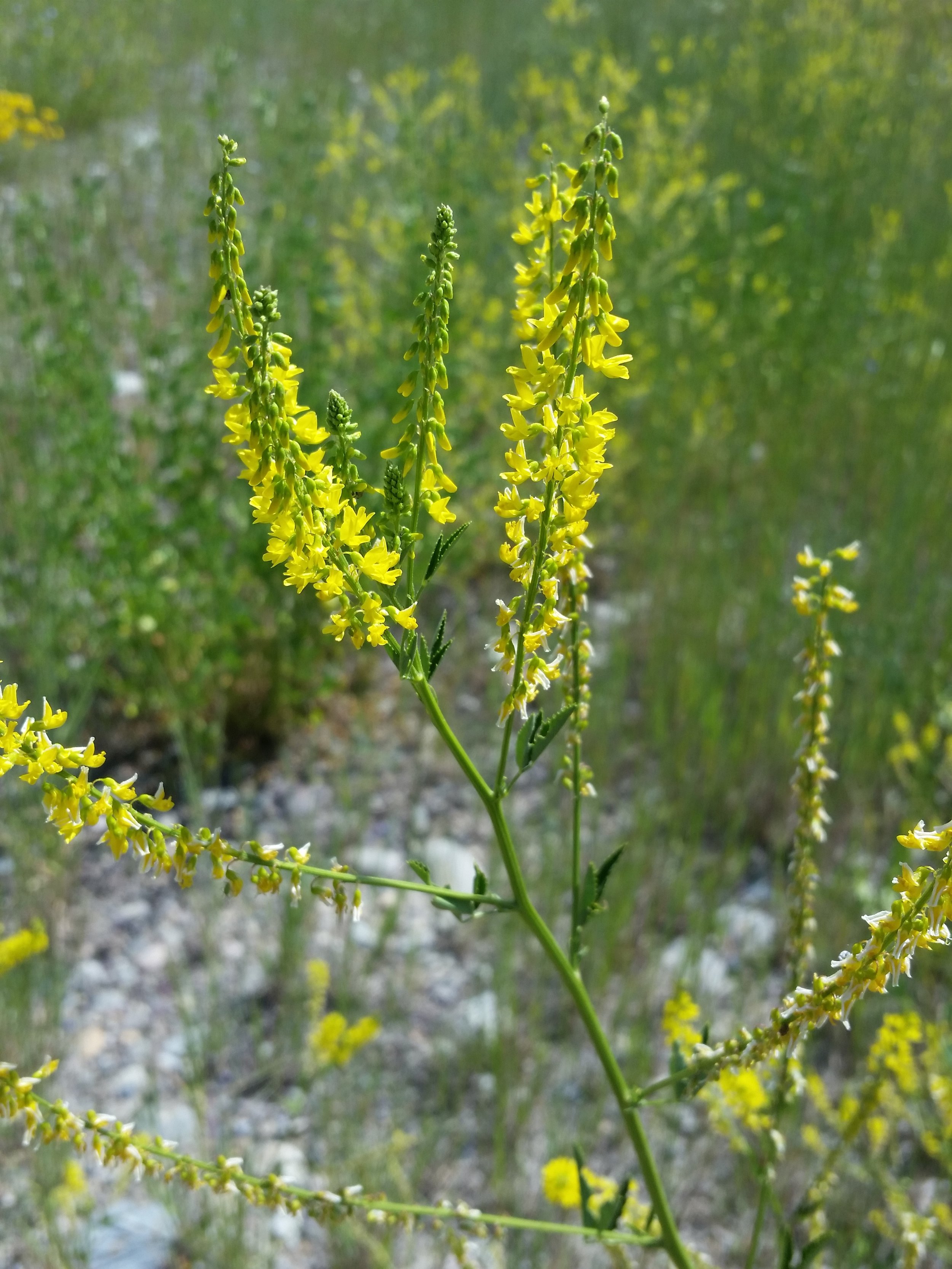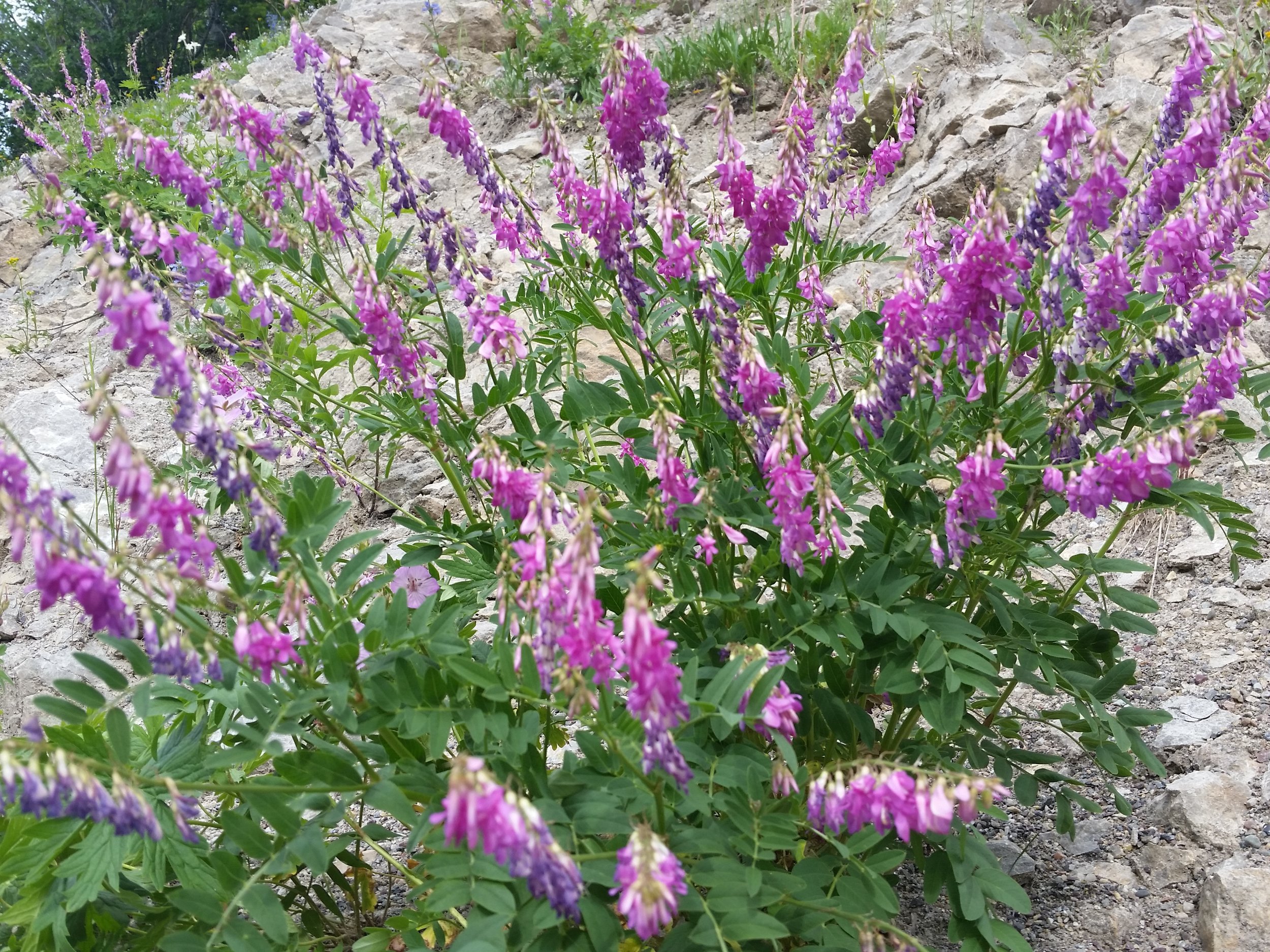A Wildflower's Love Wisdom
Wildflowers bring love to mind.
I'm a man of flowers. So I'm a man of love.
Beneath the succulent green-up of Spring, it all begins. The mountainside cloaks itself in the Divine Artist's palette. A throng of varied hues and shades intensify the vitality of already lush meadows, streamsides and understories. So many colors are coming into being here as if creation itself is still giving birth to pigments yet to reach the painters' awares. Consider the aster: a solitary flower that has countless variations among its kind--hundreds of pinks, violets, and creams--peppering the slope. They're warm colors, too, pleasant in mood, generous in spirit, welcoming to a gentle touch. Even the most hardened-heart cannot cloud these sunny glades of blooming happiness. Elegant indeed.
Wildflowers have something to say about creation's mood. If the vast, incomprehensible Universe story is our Grand Liturgy, then Its psalms are sung by flowers. And if creation is to be the Sacred Dance, then flowers are summertime regalia worn by mountains and prairies.
I cannot help but feel love when I'm among them. I'm unashamed to admit that I'm in love with flowers. I love to be in them, meaning to be in a meadow among their collective embrace of sunshine. And, I may not be alone. Or, maybe I am. I hope not.
I once sought out, photographed and constructed a picture book of 140 different wildflowers for a girl I loved. I'm not sure she knew how much investment that required. Besides the poetry and prose for each photograph, I'm not sure she realized that some of those flowers only grew in high places and in dark shadows. For some of them, it took hours of climbing. In a few instances, full days were necessary just to get to them to take a picture.
What was I thinking?
I had thought a book of flowers would far exceed any bouquet I could have given her. I may have expected too much. What I wanted was for her to realize that each of the 140 wildflowers was expressing the depth of love I had for her. They were speaking for me, and to her. But, I'm not sure she heard them. Or maybe she didn't want to hear them. Either way, even if the gesture wasn't received as graciously as I had hoped, I gained more than lost as a result of my seeking and coming to know each of those eloquent faces.
Was I expecting too much?
Maybe I did expect to much. Our culture is obsessed with farmed flowers, with the ritual of presenting them as gifts on special occasions, be it anniversaries, weddings, funerals, Valentines, or, least we forget, apologies after a massive faux pas. But cut flowers have not been my way of giving since my homecoming and prom years. I have long thought it prudent to give flowers that still had roots, that still had a chance to pollenate. I have come to realize that leaving them be as they are is a good thing, and sharing the experience of their grace in a poetic way is even better. Better still, making love among them is an incomparable way of honoring them. This, in my mind, is how we ought to celebrate their grandeur. This is how we allow wildflowers to express the great earth gesture and, thus, the grand human expressions of care, compassion, forgiveness, affection, lust and thanksgiving.
There's something misaligned, misinformed and misunderstood about cut flowers as a gift.
"Why express love through a bouquet of amputated, dying plants?" I ask the florist.
And the florist might respond, "They're going to die eventually."
To which I'll controvert, "Why hasten that reality?"
Grandstanding with flowers. Exploitation of life for one's own gain of favor. We use them as if they are here for us. We don't think about the possibility that we are there for them.
After all, a flower doesn't know it's beautiful. It just is. It's meant to stand out, not for us, but for pollinators and itself. That's it. We, on the other hand, are meant to notice the miraculous way in which it stands out. We bring its beauty to life in our imagination and, in so doing, create it a second time. All blossoming plants are borne from the Earth. They were not transplanted, but came to physical life through soil with the chemical constitution of ancient memory. They enter into being for the sake of being and for the continuance of being. That is the first way in which they are created. And then, we notice them and they come to life in our minds. They are a matter of beautiful concern for us and so we give them a name, we enter them into language and, thus, into our imagination. They enter into Being. That is the second way in which they are created.
So, yes, a flower doesn't know it's beautiful because it doesn't have to. We are the extant meant to apprehend beauty. In a sense, we have to notice flowers in this way. Think of it. Our apprehension of beauty, our naming, our bringing it to life in our art and imagination, is how we, as that special mode of the Universe's self-awakening, become aware of and celebrate the elegance of creation and the beautiful works of our gods.
But what is beauty anyway? Ah, the question philosophers have been reckoning with since days far agone. To this question I ponder: perhaps a flower is beautiful because of the mood it brings forth in us. Surely, we associate beauty with delicate things that possess this mood-altering capacity. The smile in the eyes of a lover, the curves of soft flesh, the giggle of toddlers playing, the vast starry heavens, the silky morning mist in the conifer forest, the rhythm of waves and flowing streams, the solemnity of moonrises and sunsets---all these are beautiful because they affirm what we already know about ourselves and the world. They call forth in us something wondrous about being alive. They awaken us to being in a world that is more than human in such a way as to compel us to seek understanding and to share with others. That, in my heart, is why wildflowers are beautiful. They possess a numinous presence so significant that we can only capture a glimpse of it in artistic expression. But no painting of flowers can nourish our souls like the real meadow can.
Cutting them only seems to diminish the power they possess. Meanwhile, Hallmark and florists continue to pad their financials at the flower's demise. And we help them do it. The ease of going to the market to find a bouquet last minute is an assault on the krataphonic and hierophanic elements of what the flower holds within its bloom. These primordial elements are why flowers are appropriate for every occasion. So, naturally, hastily dying flowers are only suitable for hastily dying relationships.
Of course, flowers are not just about bringing joy and comfort. There is something more that extends beyond the happiness they bring to situations and circumstance. But for that we must go beneath the soil.
A flower in all its stages, from seed to blossom to decay, is an archetype for the human desire to realize love as one of our noblest ventures. But the journey of love is complicated and full of darkness as much as light.
All beautiful things come and go. They are transient moments in our temporary lives. To lose a son, to lose a husband or wife of sixty years, to lose a grandparent, to lose a friend or lover, all of these are inevitable aspects of life. Just as soon as we begin to love that sprouting seed, and nurture it into a blossom, we know that it will have an end. Just as soon as we begin to love another, we know that the bliss of the relationship will inevitably be accompanied by loss. This is not a depressing thought because it is true. What depresses us is avoidance of truth.
In that way, love is a truth, like flowers. It is a truth because it carries with it joy and pain, gain and loss, connectedness and loneliness. It is a truth because it aligns itself with the inexplicable wonders and sorrows, fortunes and sufferings, of life itself. For this reason, to speak truthfully about love, one must not fear contemplations about the terribly painful elements.
Pain is, to be sure, a truth. It is a truth because it is an unavoidable reality. Love is a truth because there is pain in it. Anytime we love, we will inevitably endure pain. Life is hard, as the cliche goes, and there are times when we will unknowingly do things or make poor decisions in the name of avoiding pain. Ironically, avoidance of our own pain, especially in matters of the heart, often causes others to feel it more. And so the world goes on. We feel pain, so we cause pain. They feel pain, so they cause pain.
Funny how that works, but it is the much older and deeper way of things. Yet, we live in a society that seeks to avoid pain and, thus, avoid what is so deeply part of all of our lives. We want a field of beautiful flowers without the harsh reality of the field's being. We want blooming meadows all the time. We do not want the impacts of succession and recession, deer browsing, moose trampling, bear diggings or grass fires. We want the rewards of love without the risks and heartaches. So when things get hard, as they do even for wildflowers, we sometimes choose to burn down our meadow of happiness; we sometimes ruin beautiful things rather than embrace and endure pain.
But do we ever consider the realities of pain, temporality and eventual loss as the rich soil for nurturing seeds to blossom? To know beauty, one must know pain. To see beauty for what it really is, one must see the impermanence of it. To know love, one must be willing to embrace the pain of love rather than turn away from it. This seems hard for us to do. Instead of the hard work, we sometimes unwittingly sabotage our own happiness and the happiness of others, like cutting a flower before it blooms, because we fear the possibility of pain, we fear the wilting, the loss, the leaving. I've known intimately people who expended most of their energy avoiding pain--filling the void, it's called--and it often caused others around them to suffer greatly and inevitably caused more unhappiness than had the pain been confronted for its wisdom. And I've also known others who sabotaged wondrous relationships because they were afraid of the inevitability of loss--fear of commitment, it's called. At bottom, the issue is that we often find ourselves preferring to be chosen for love instead of choosing our love and then loving that choice.
It is no surprise that Hollywood has become the barometer for reconciling the pain of our choices, and it is no surprise that most of our love stories end not with pain of loss but with the bliss of love. It is a way for us to medicate ourselves or, rather, to anesthetize ourselves from the reality. If love is like wildflowers, Hollywood is like the invasive weed, crowding out the authentic beauty with a different, ideological version of suffocating beauty. What follows is not understanding love in its most genuine expression related to the experience of being fully alive. What follows is a distorted idea of love that ignores the wisdom of flowers and, therefore, the wisdom of love.
The wisdom of love, it seems to me, of finding our way in matters of the heart, can be found by looking at the mountainside in midsummer. Here, the lessons are found in blooming arrays of color. Flowers seed, that is a truth. And flowers wilt, that also is a truth. Each flower doesn't live for long. But what does survive long after its life is the beauty that comes to life within us, the wonder that sings a song of hope in our ear for the next spring green-up. Like the beauty that finds its way into our hearts, so too does the memory of love, the memory of feeling love, of longing for the company of those who have wilted and left us.
Yes, love is painful, life is painful, and pain is truth. It is honest, and speaking about pain of love is speaking about it honestly. Flowers come, flowers go, and speaking of their wilting as much as their seeding and blooming is speaking about them honestly.
Let's acknowledge this reality. I have had two women in my life that I loved deeply. I'm not ashamed to recall those affectionate, yet painful moments at night lying in bed watching them sleep, realizing that at some point our relationships would come to an end. I didn't foresee them ending the way they did. I thought I'd outlive her. She'd outlive me. But, in each case, one of us or both of us diverged from a common wilting. The fear I had of losing them became realized, just not in the way I expected. But springtime blooms helped me realize how fortunate I am to have endured great pain in matters of love. I am blessed because the greater the pain, the greater the love. It reaffirms a deep capacity to love and a willingness to undergo pain for the sake of love. Yes, we may fear losing those we love, and we ought to know that this fear will likely become a reality. That is the wisdom of flowers, the real truth of mountainside blooms, the real beauty of love, and the real pain of it all.
For each of us, the desire to experience the fullness of love must be greater than our fear of the pain associated with it. This is nothing tragic or cynical. It is far better to be one who seeks to love than to be one who seeks to be loved. One sacrifices for love; the other seeks love without pain. The life of flowers are emulated by the former, not the latter. They don't bloom to be told they're beautiful. They bloom to live on and, in so doing, they provide us with a means to know beauty and they give of themselves and participate in our longing to express our love for one another.
I am a man of flowers. I believe in their wisdom. I believe in the truths they convey about life. So I am a man of love.
